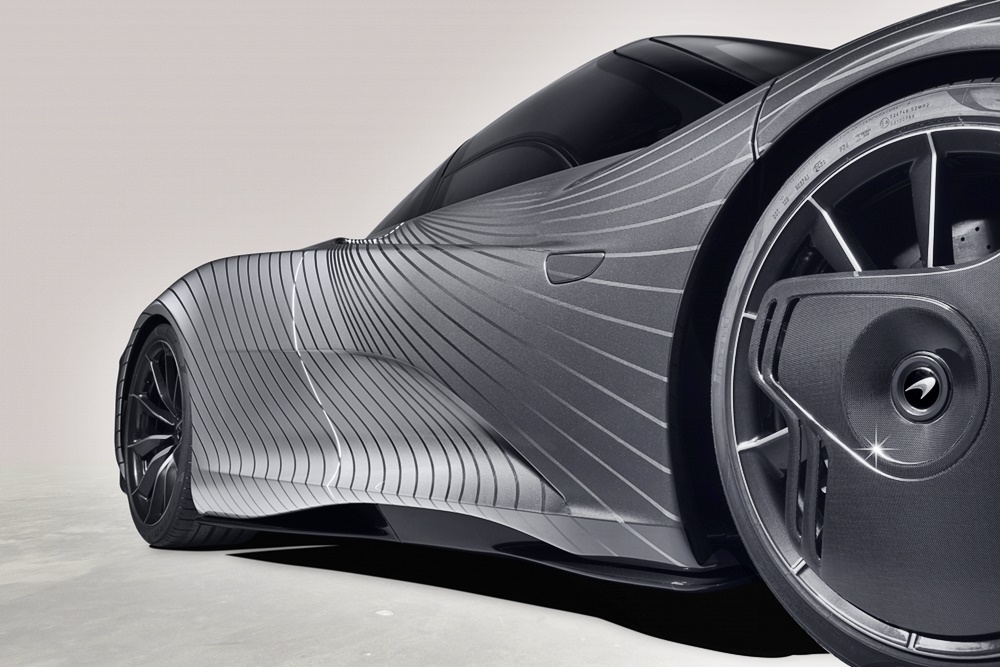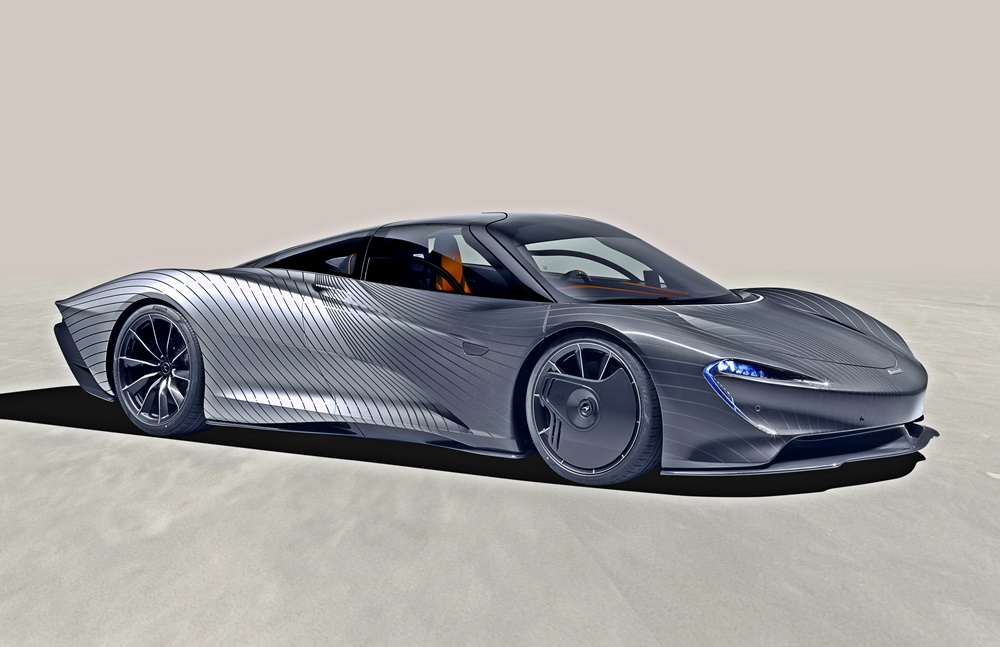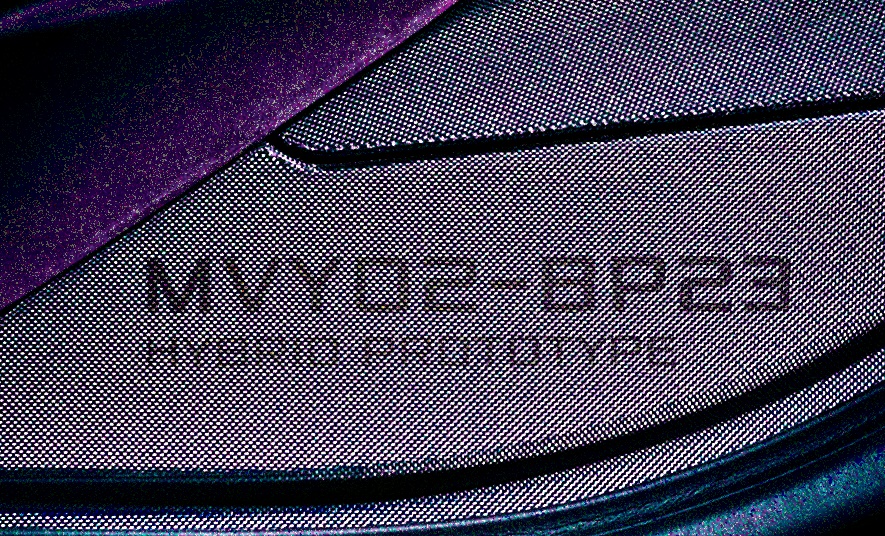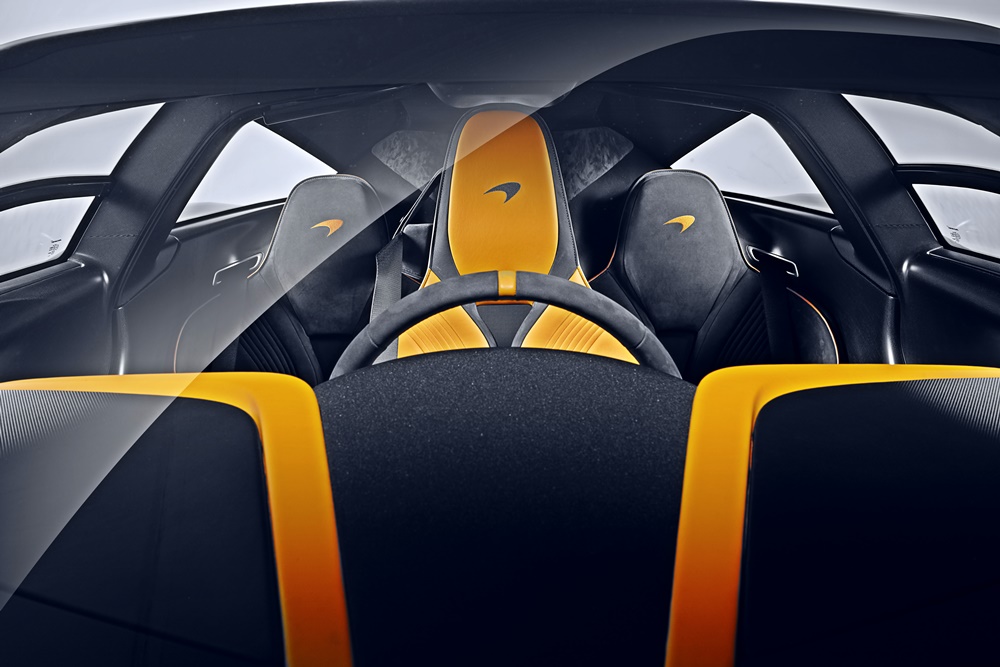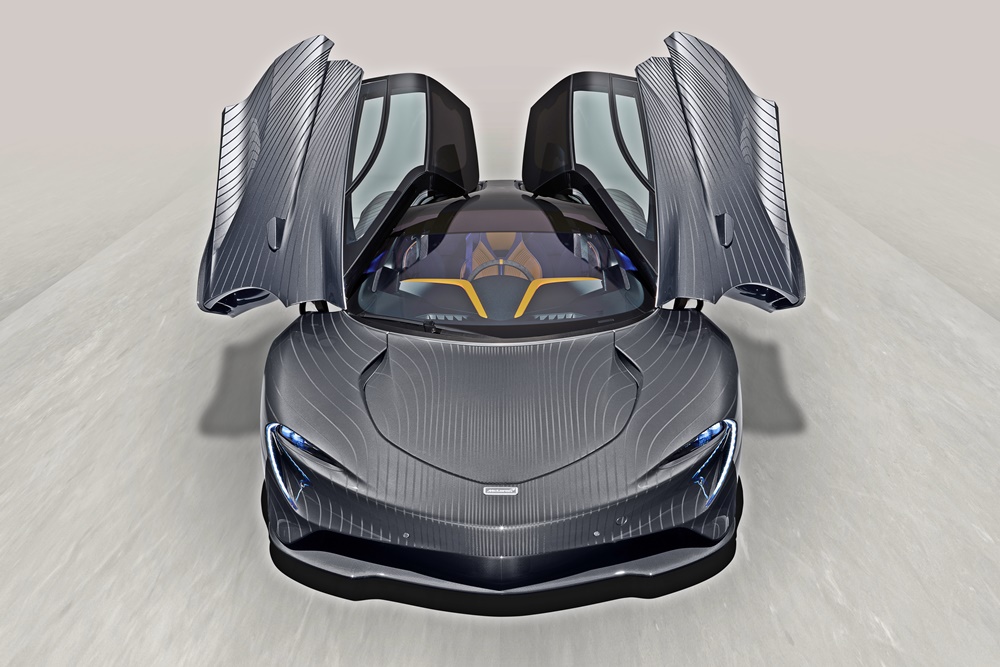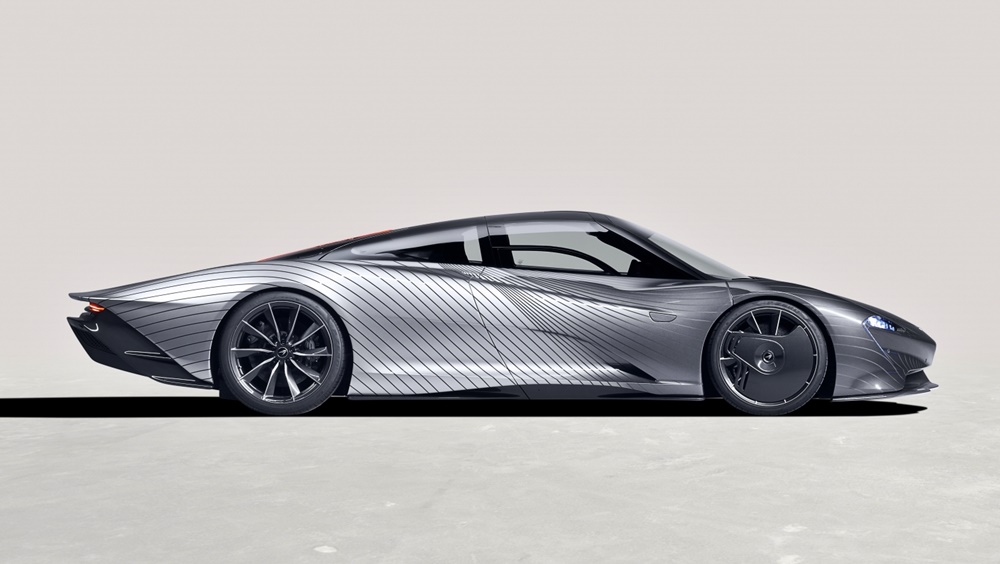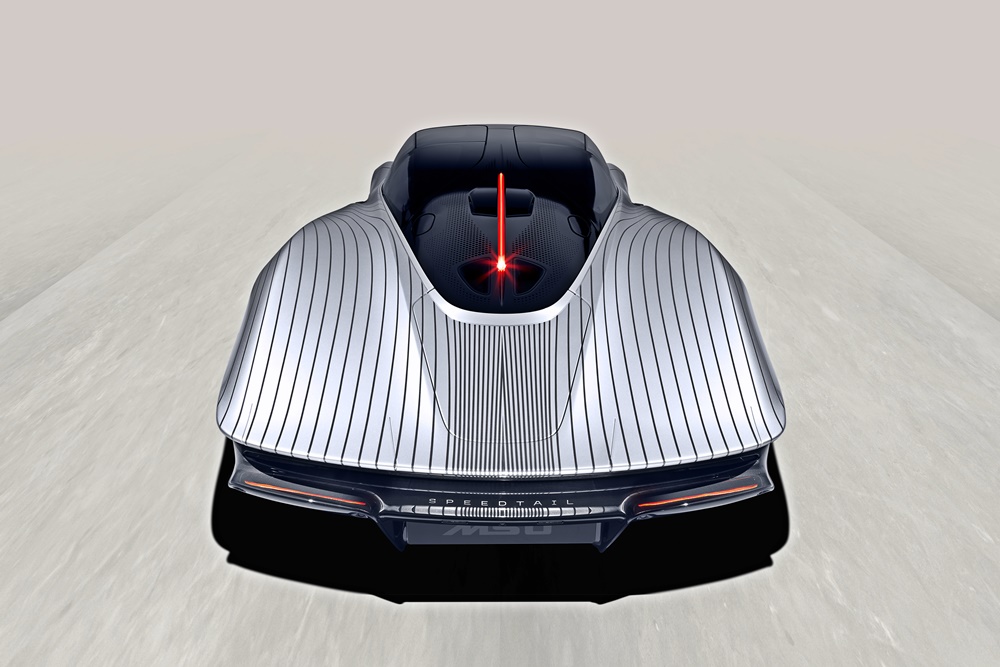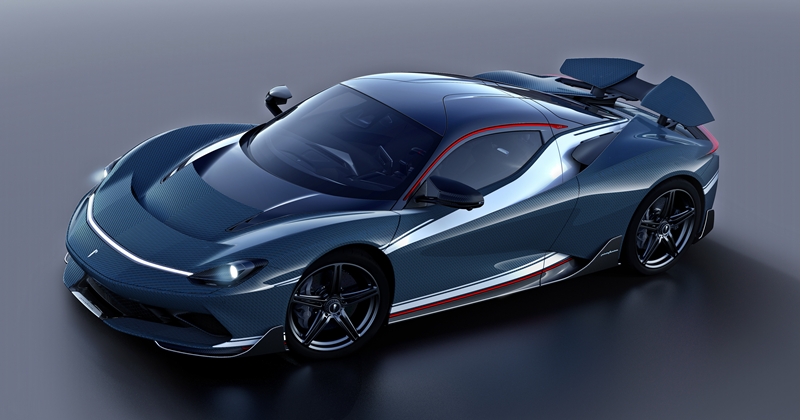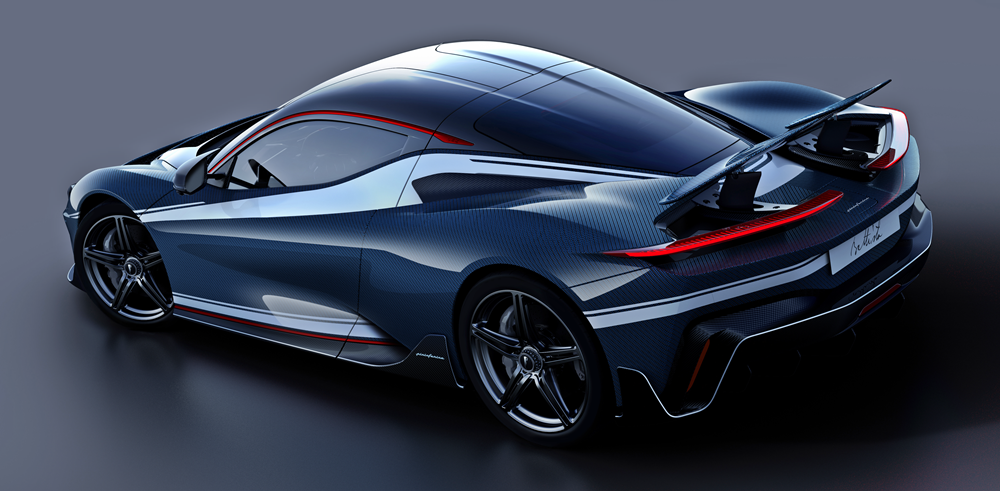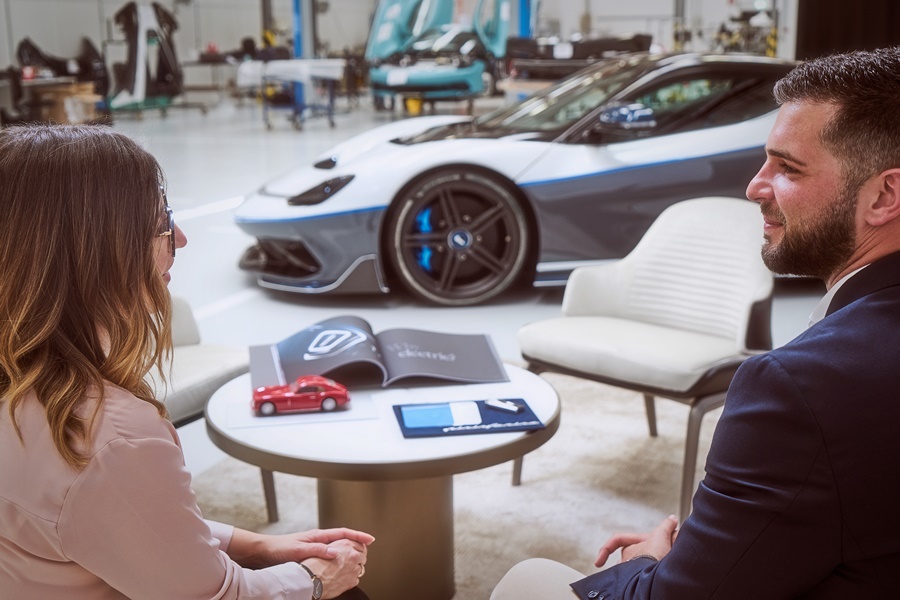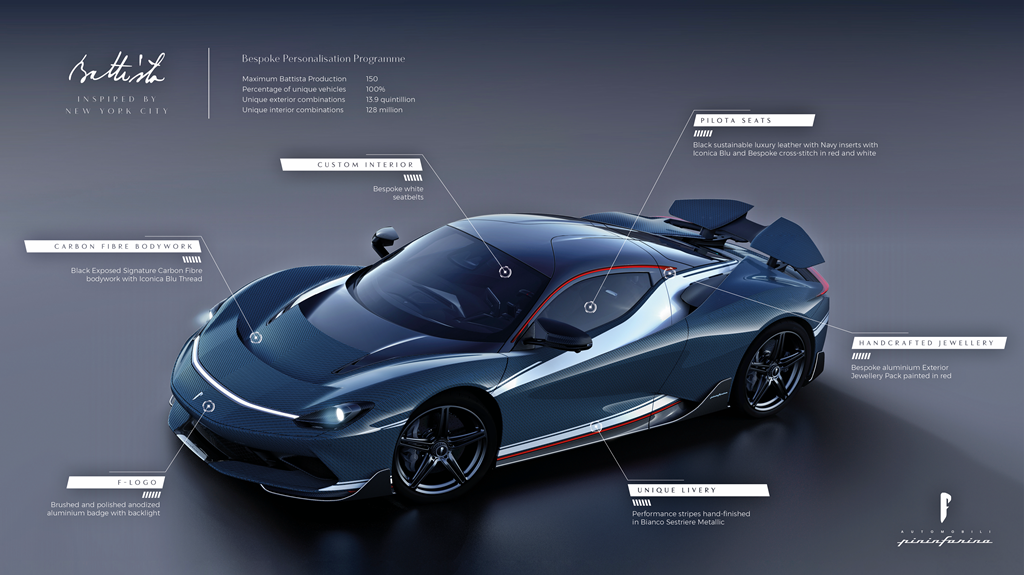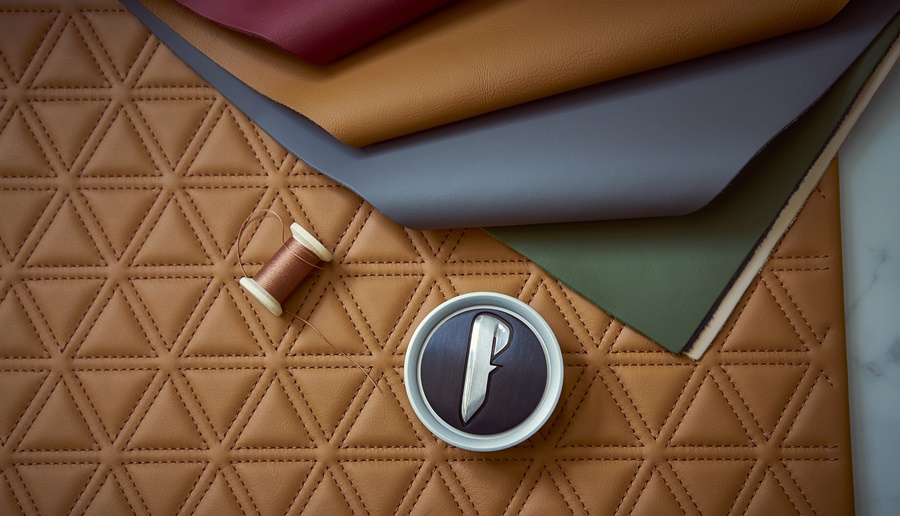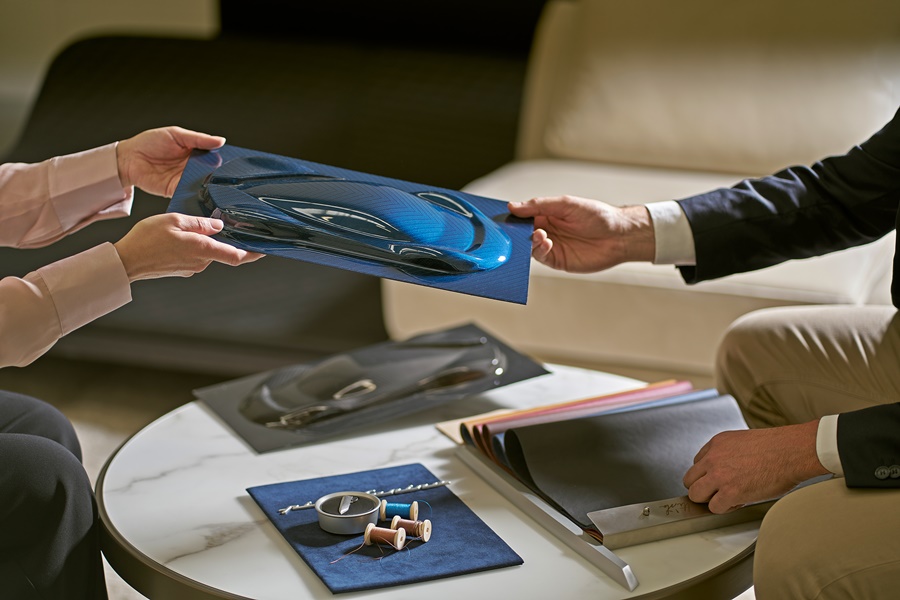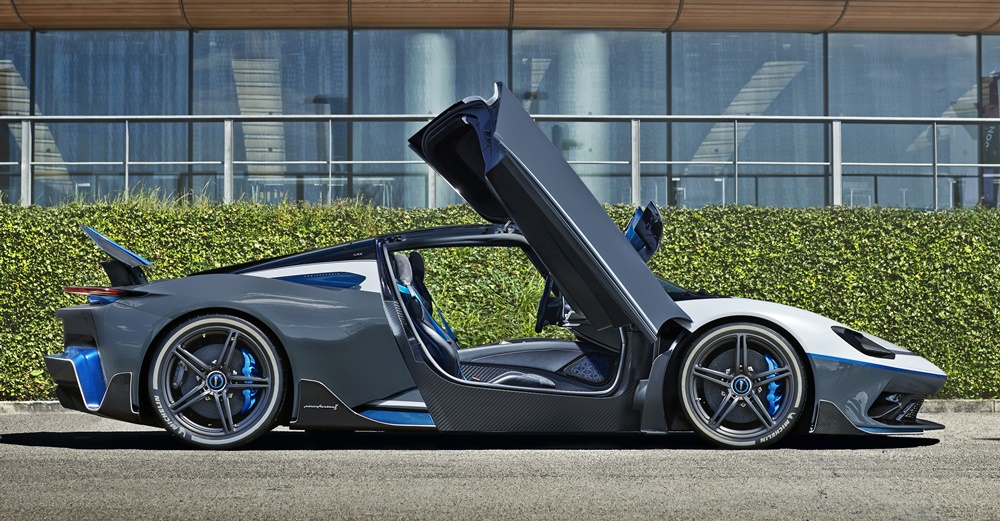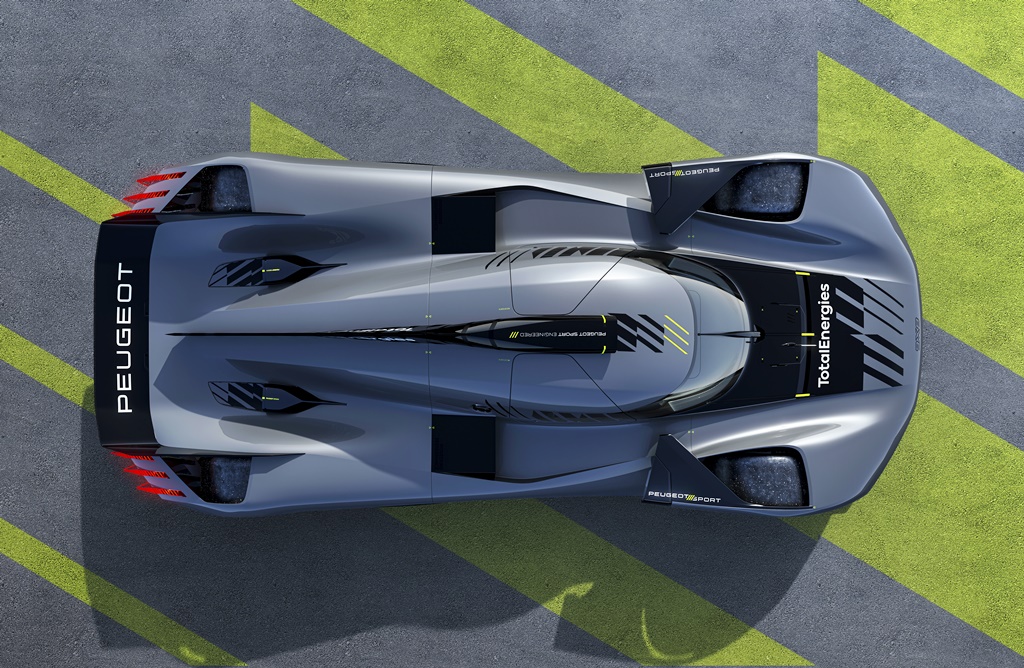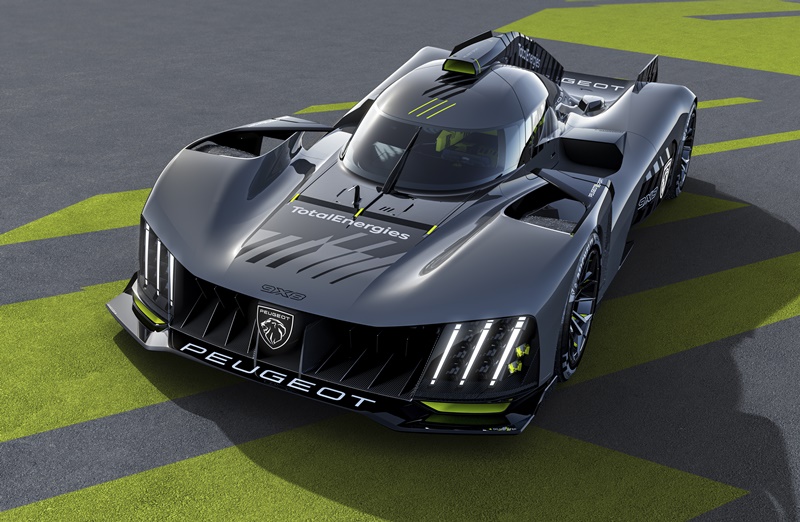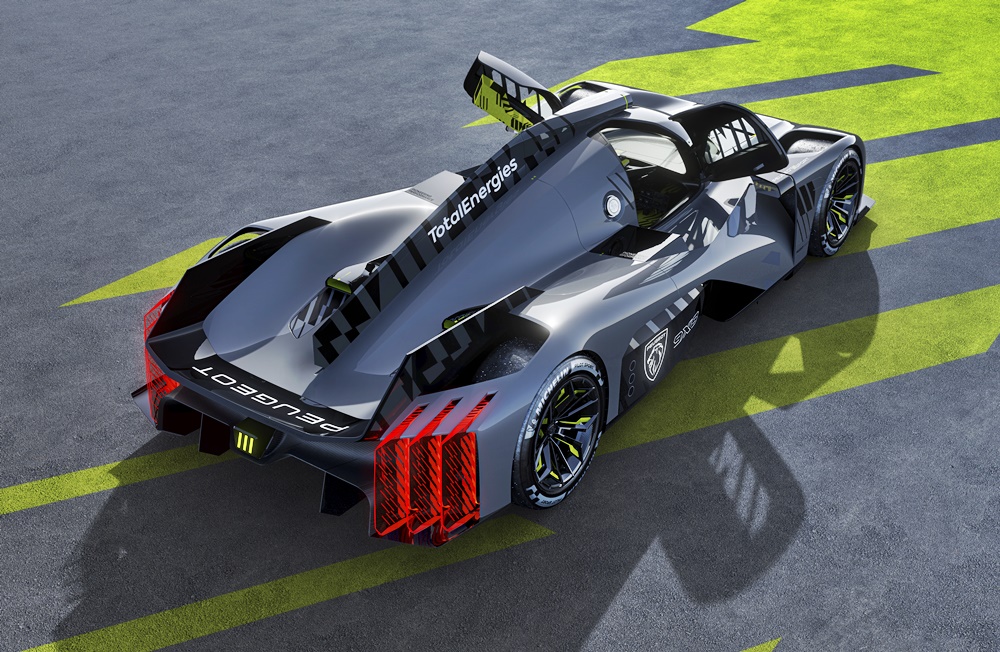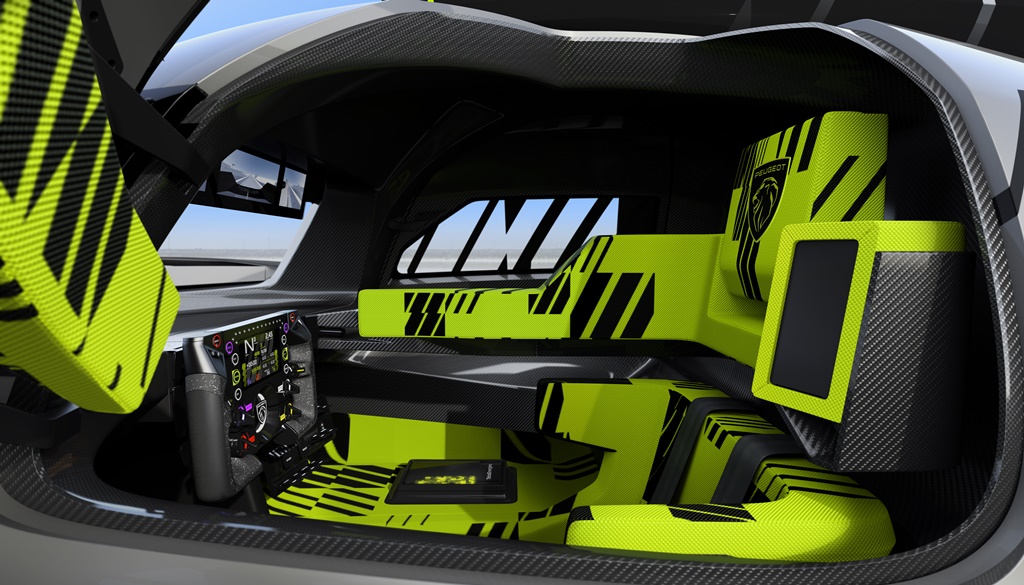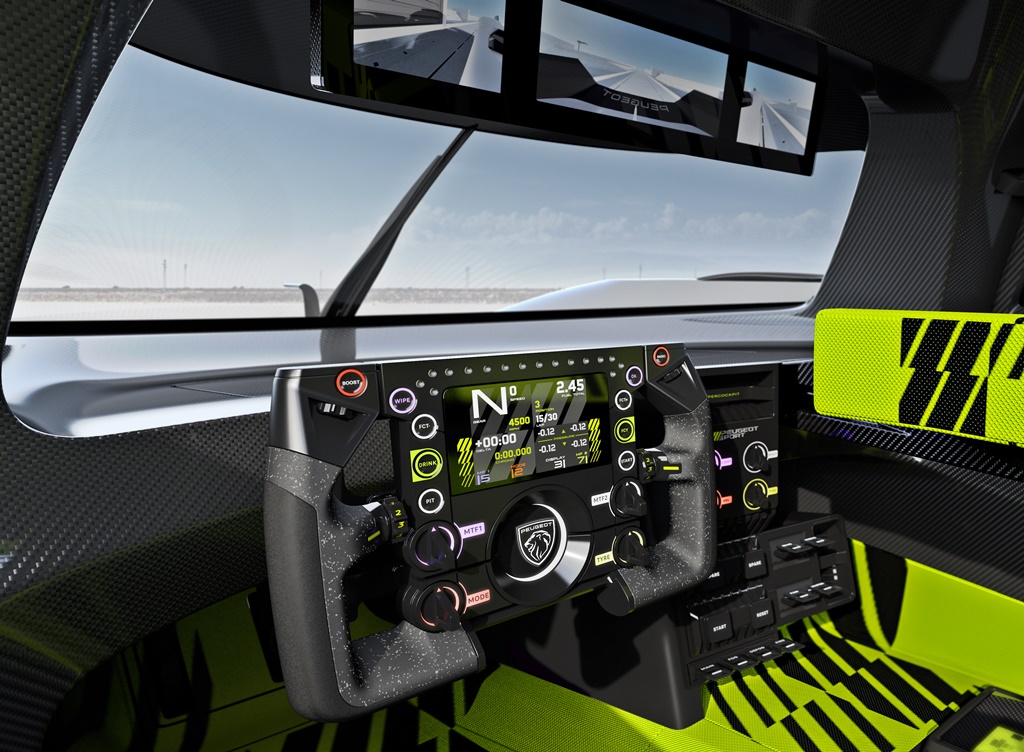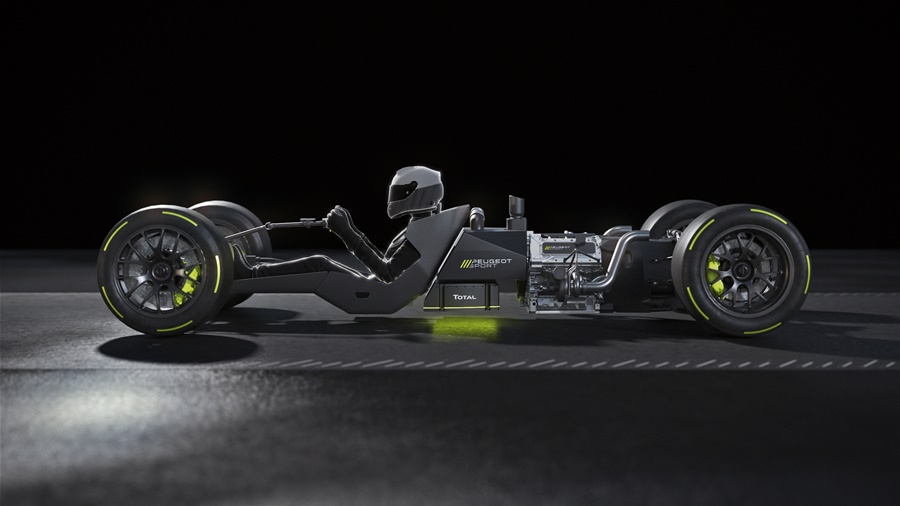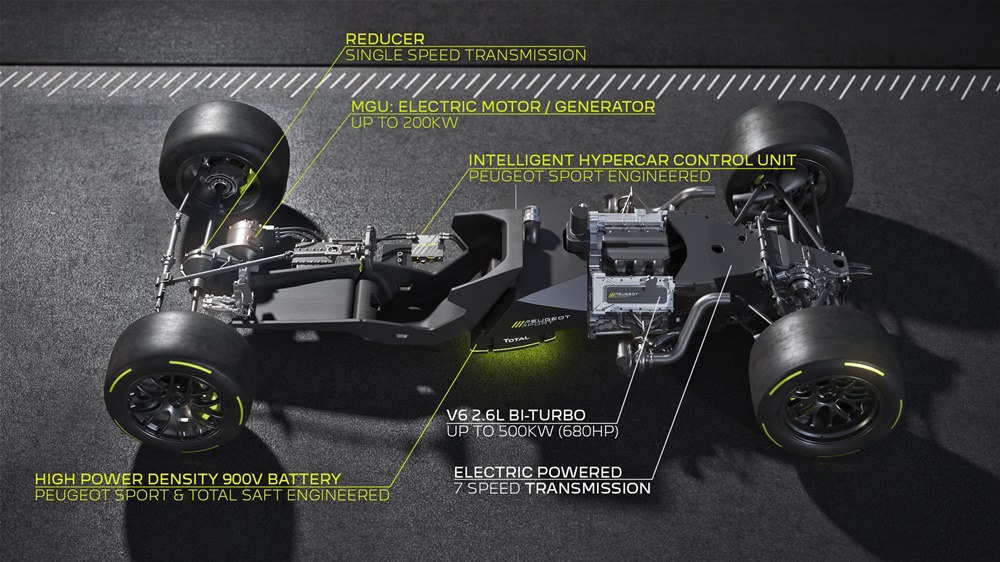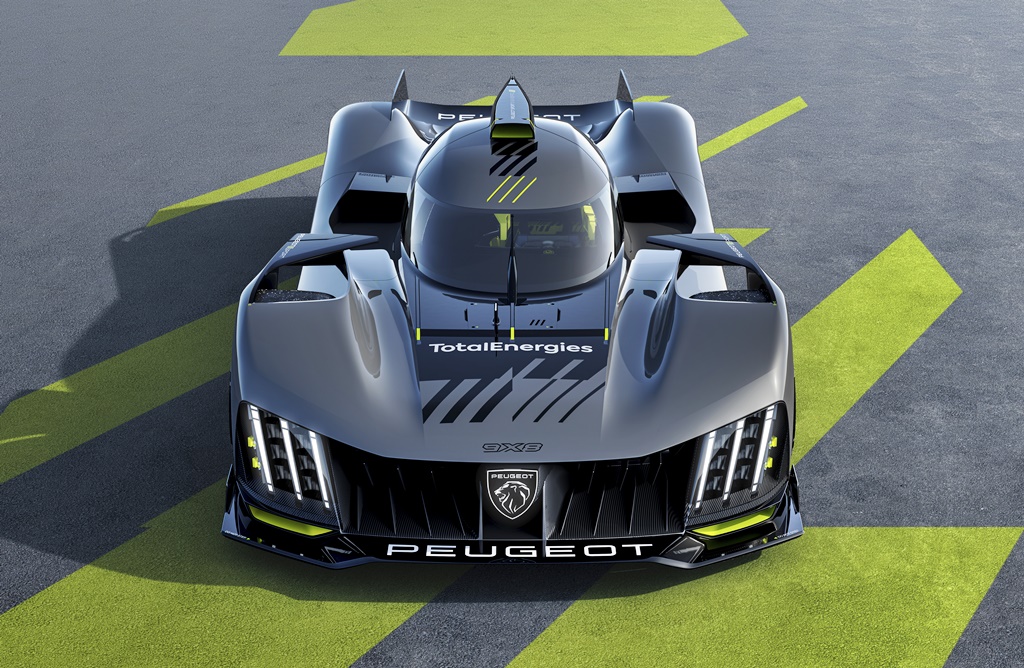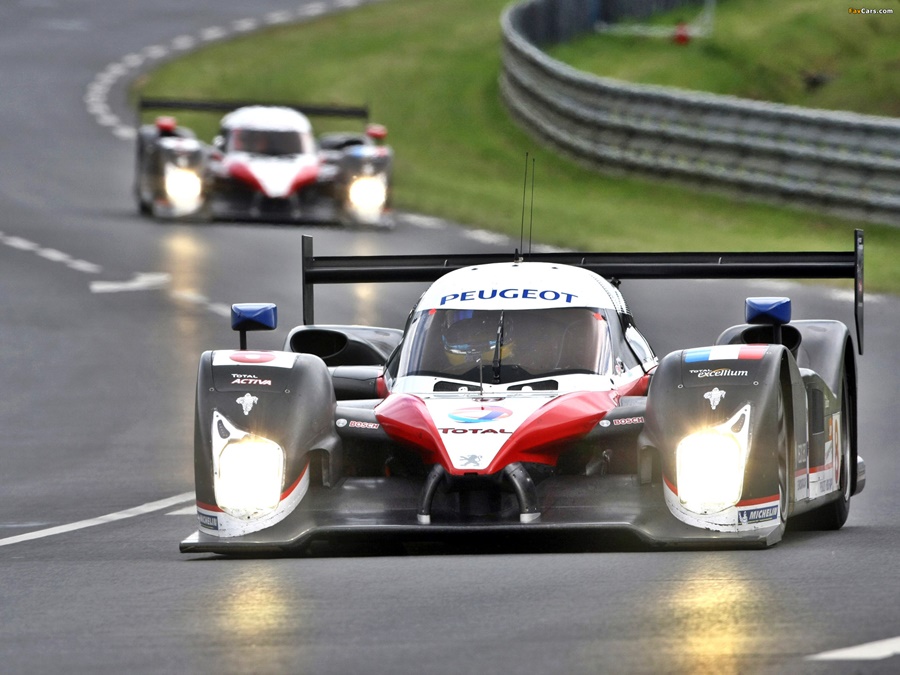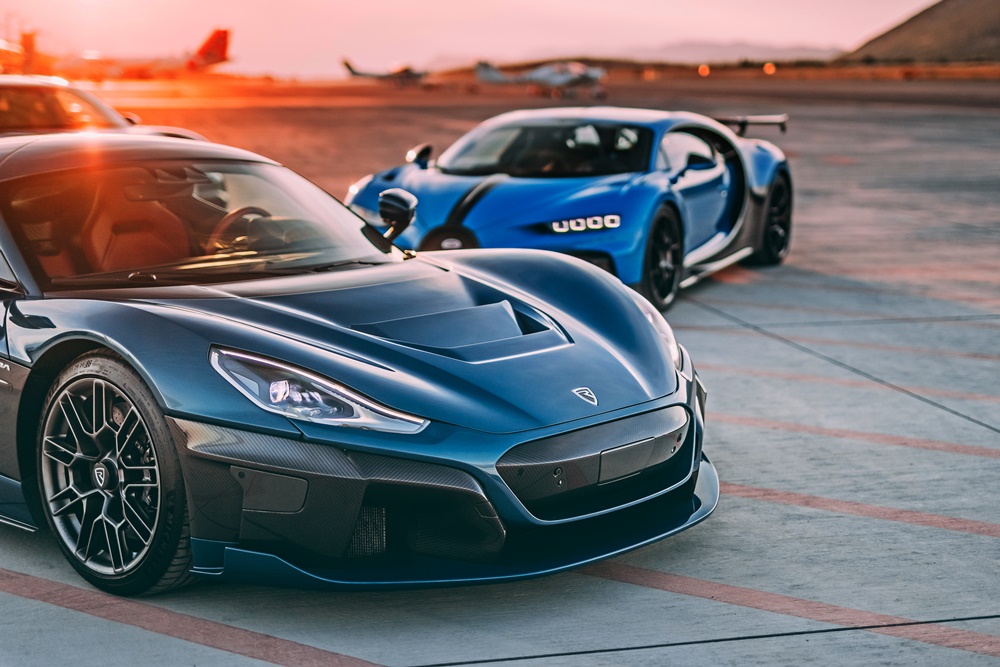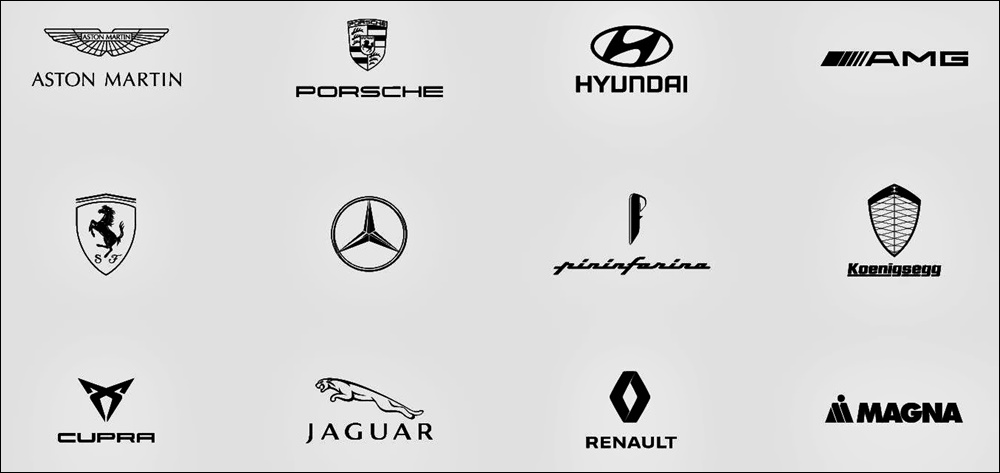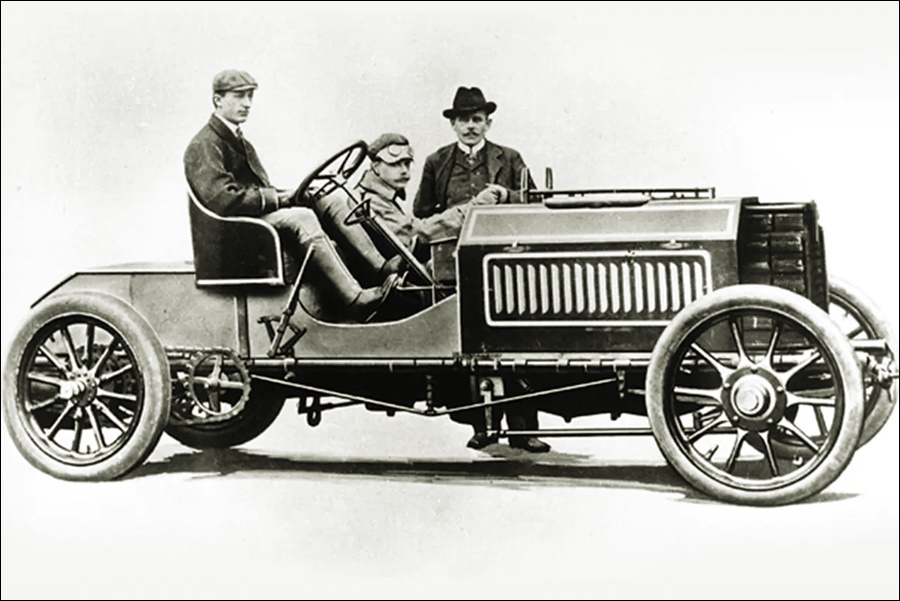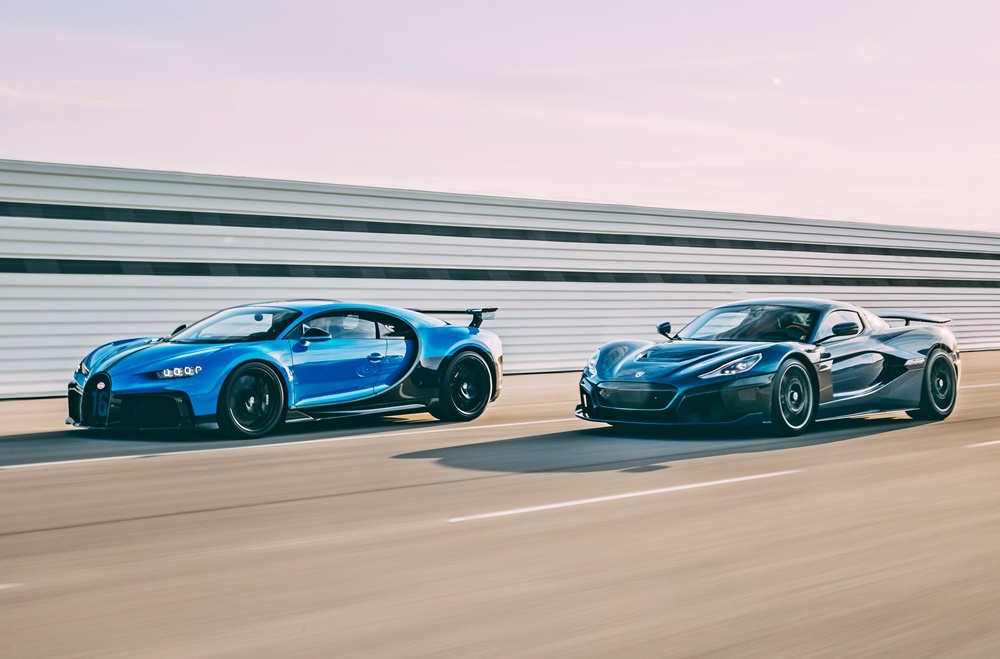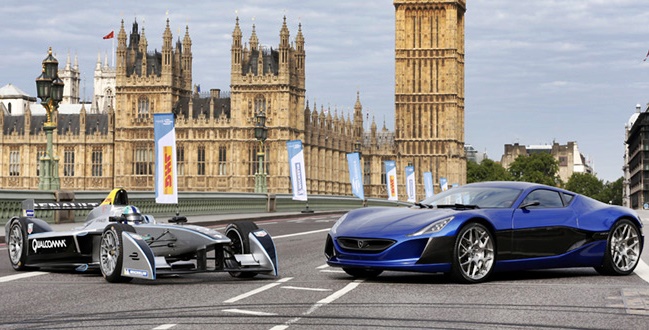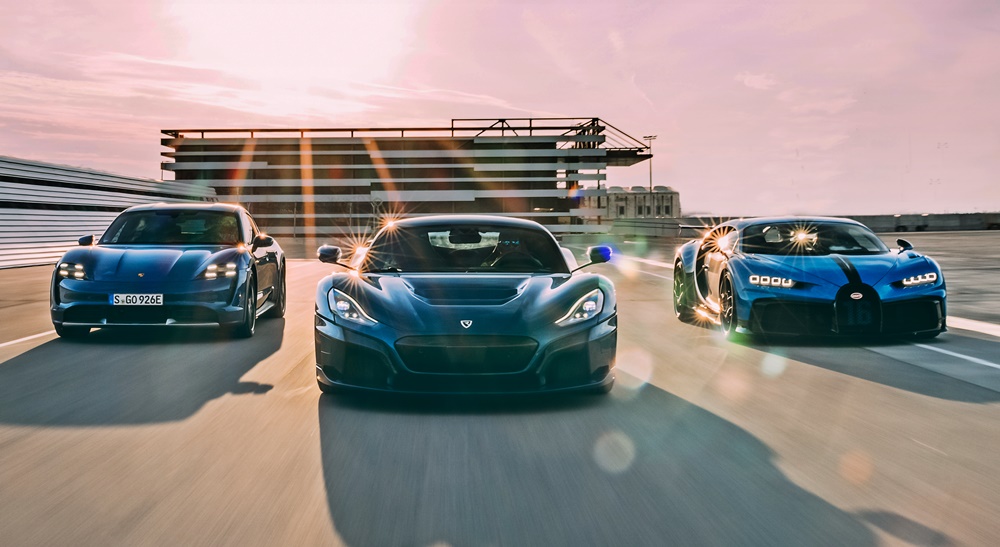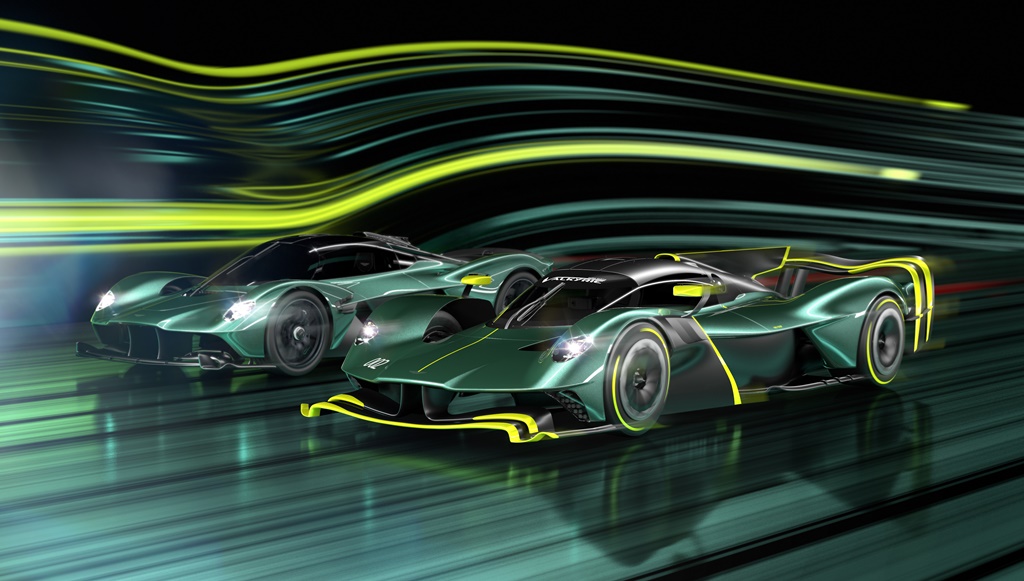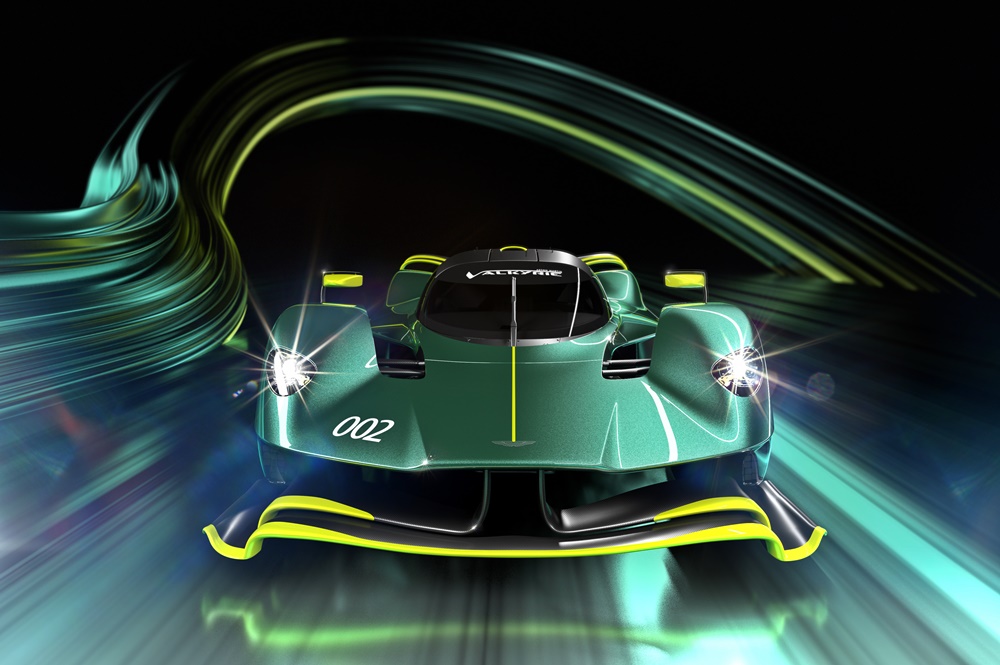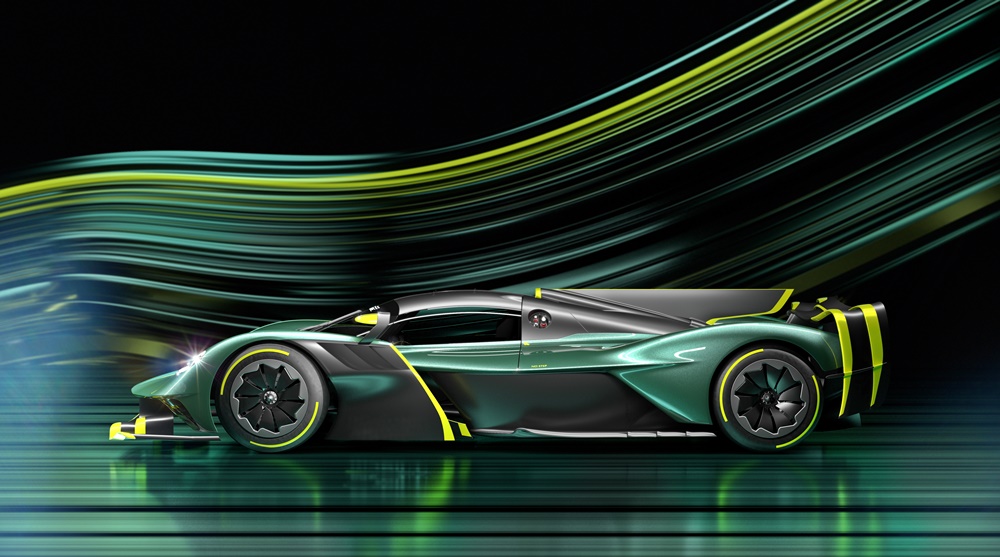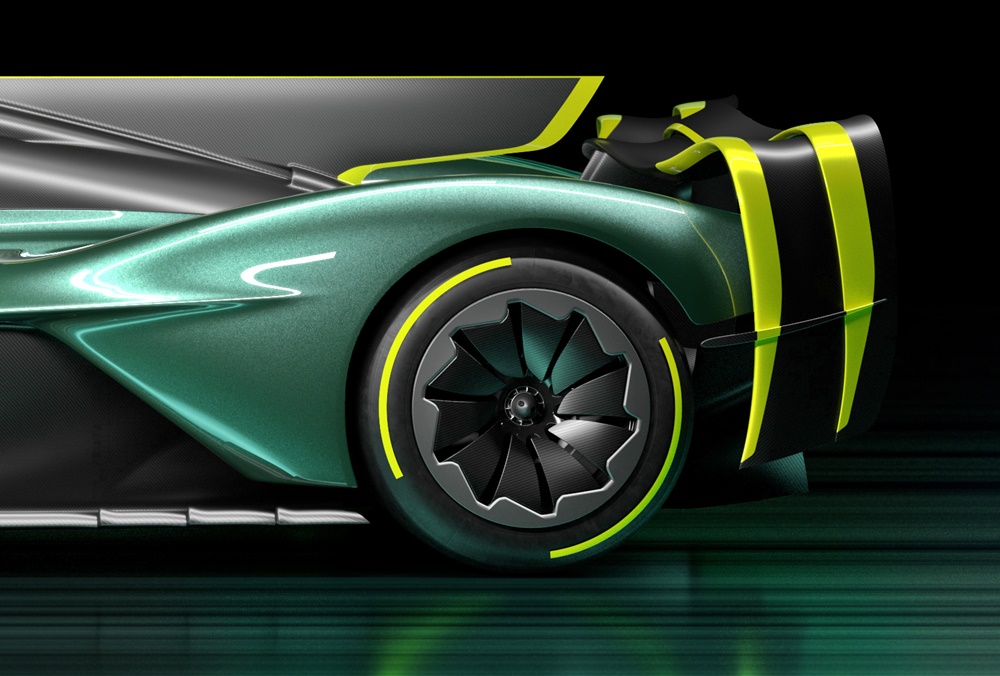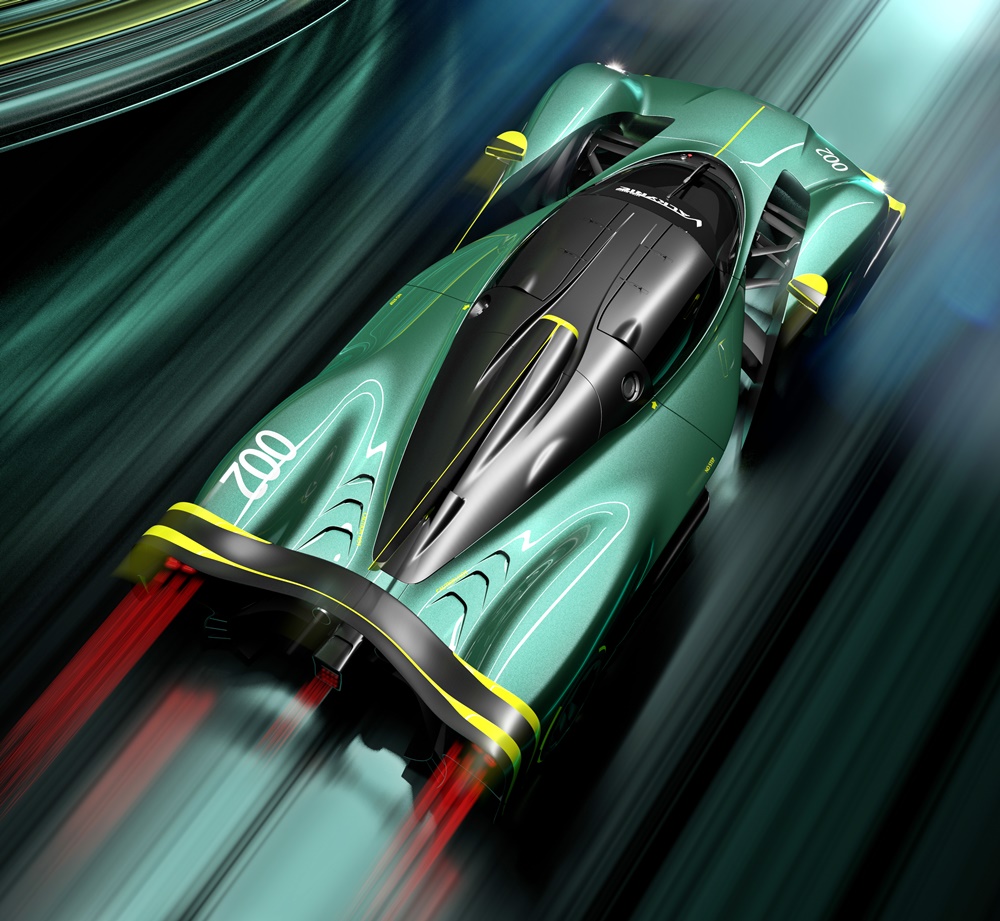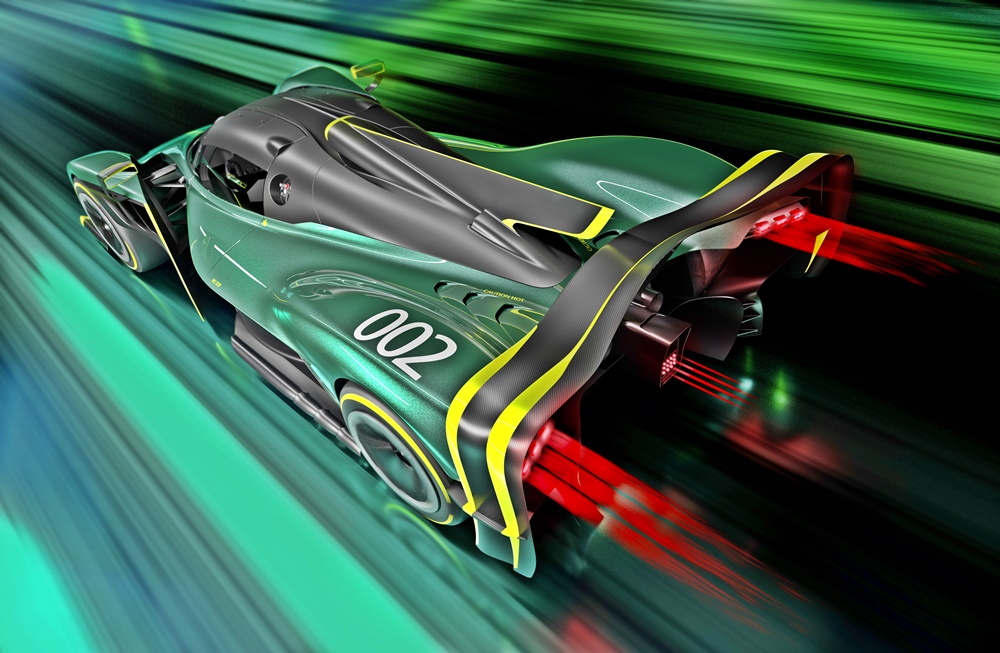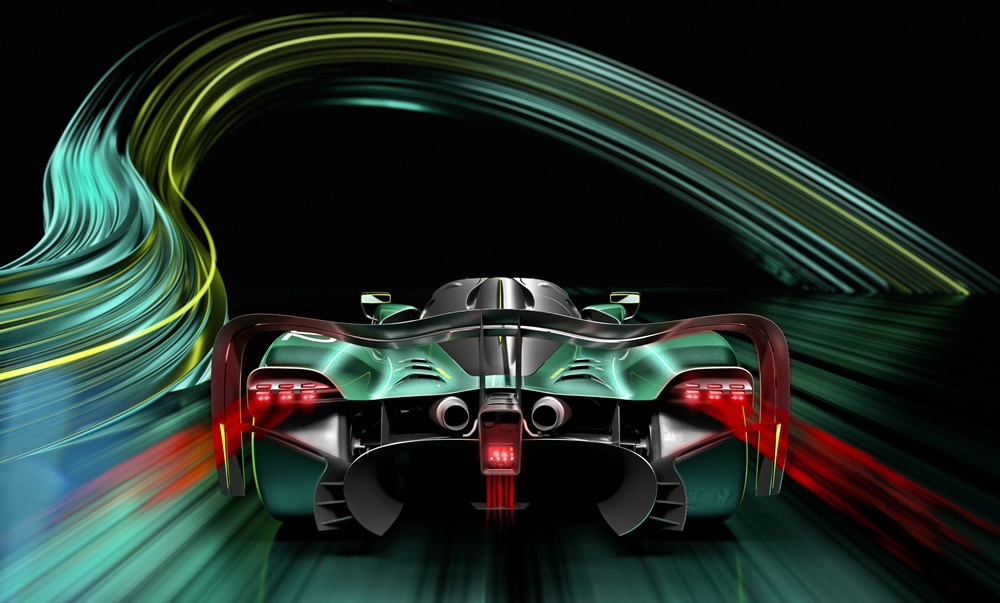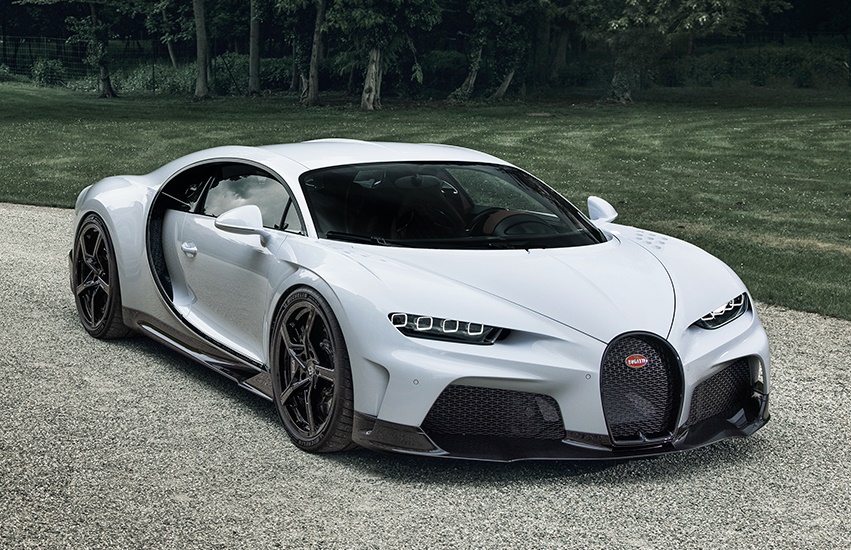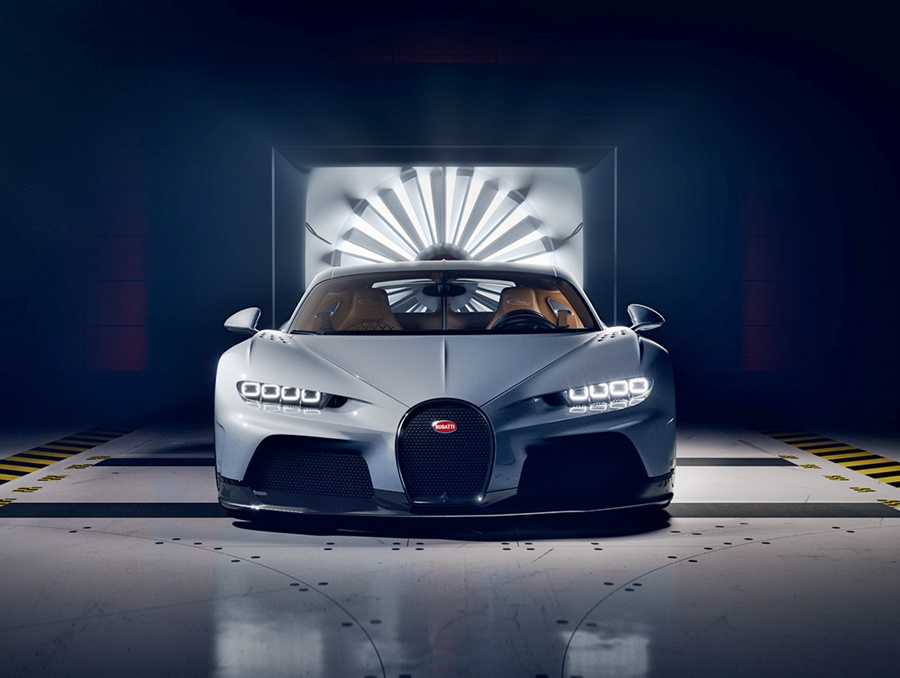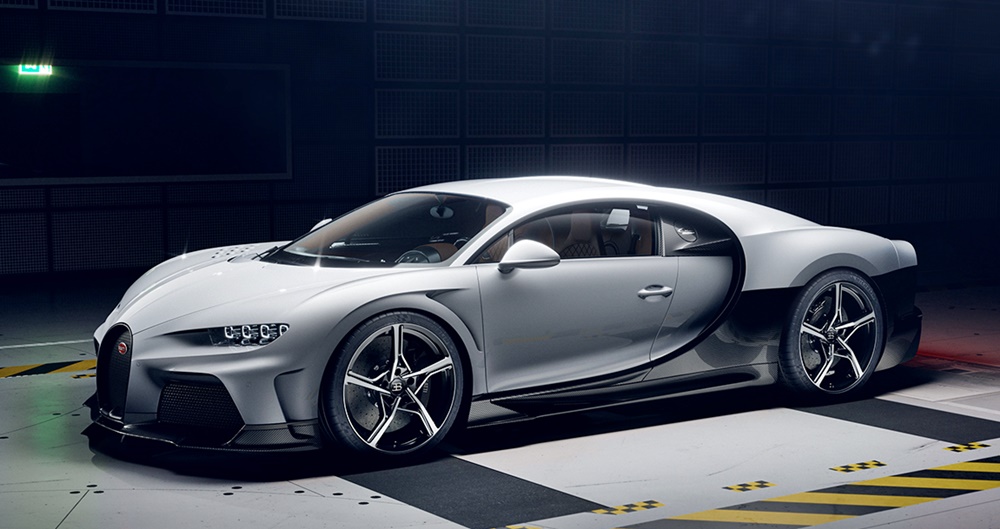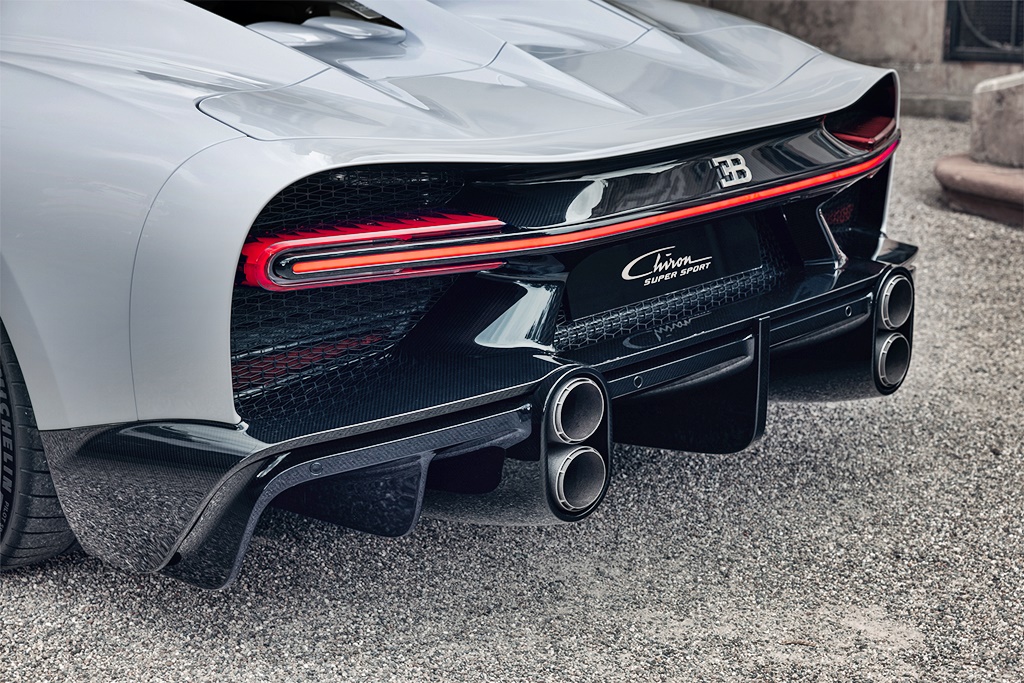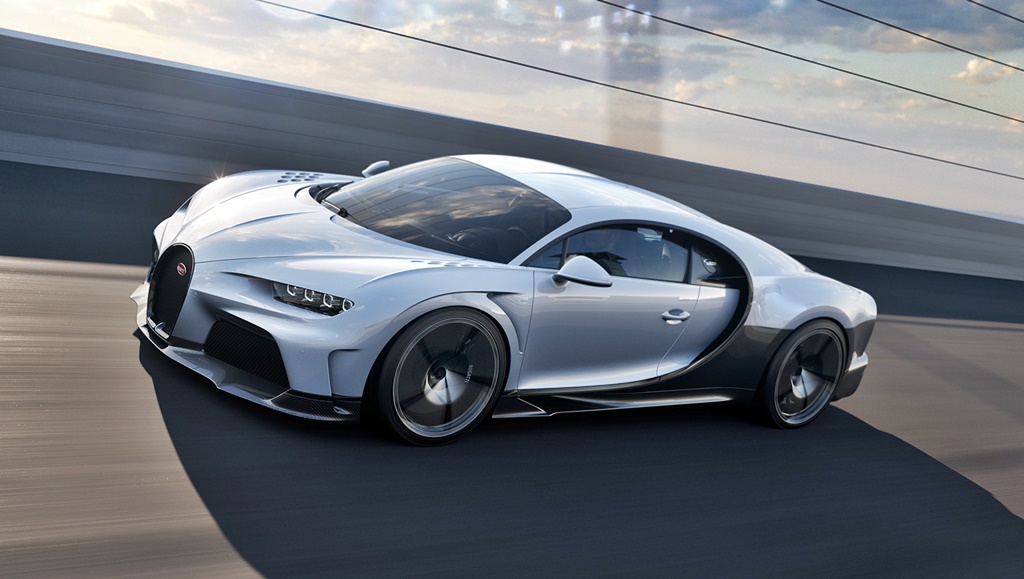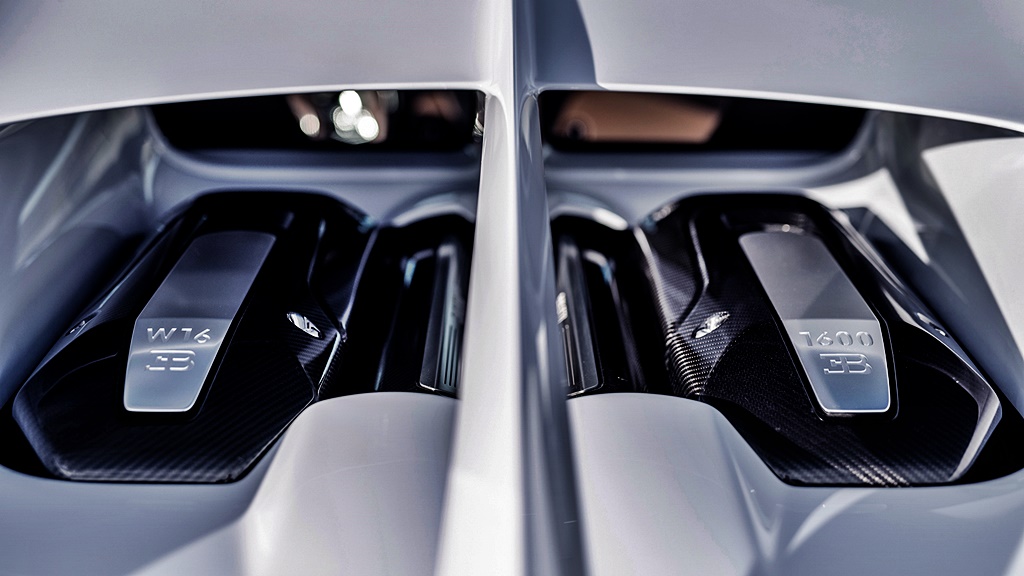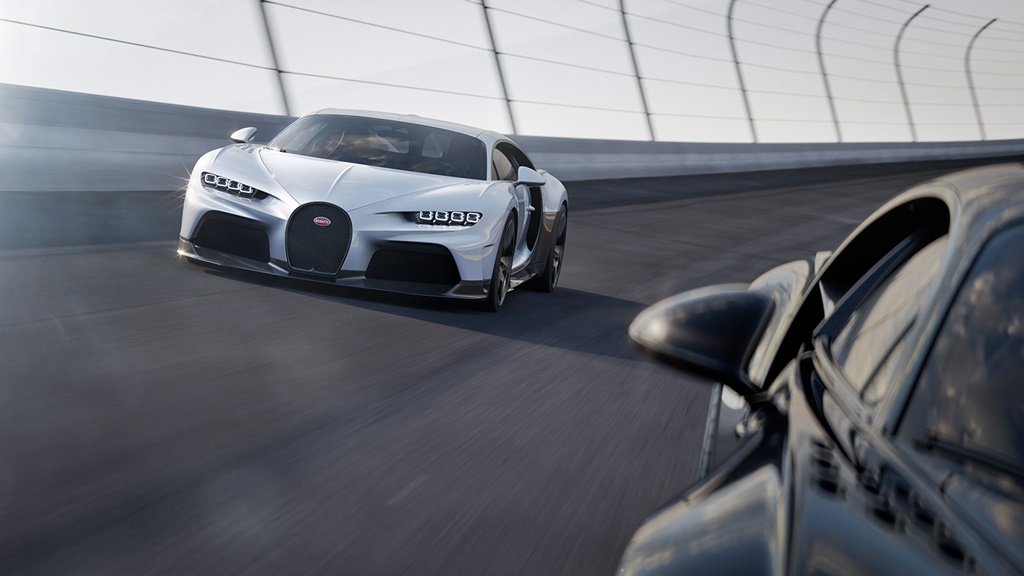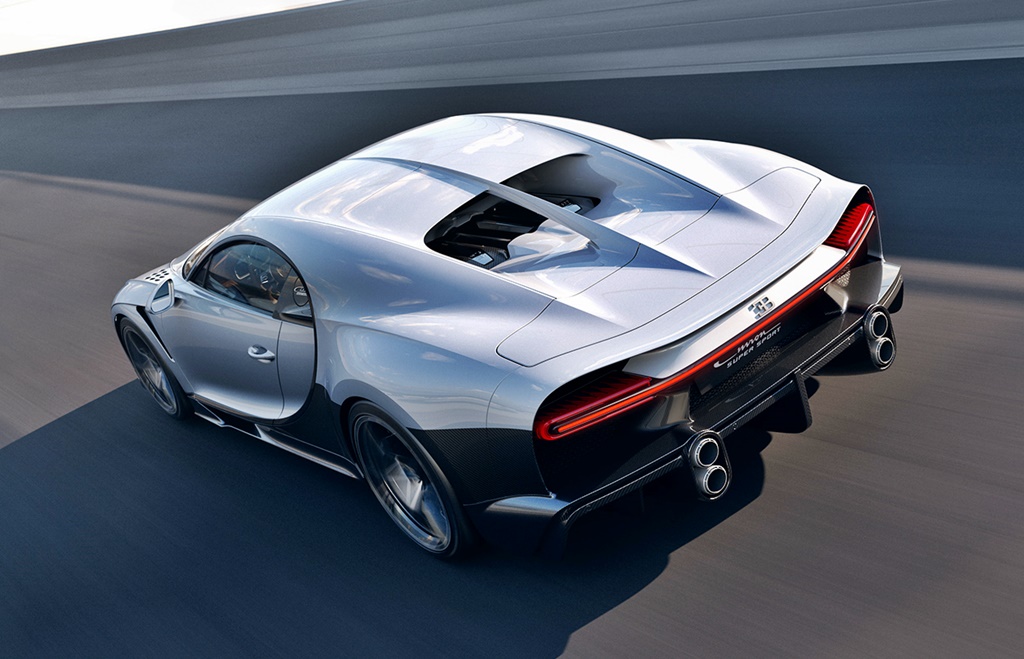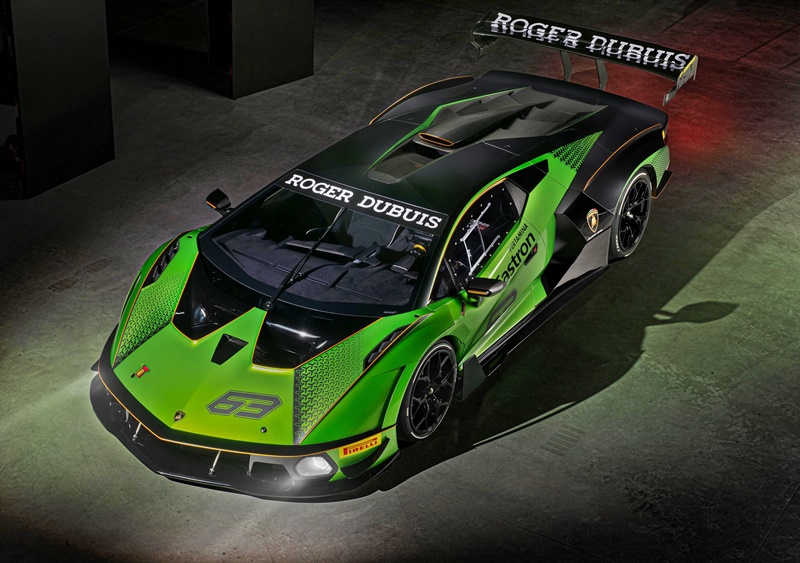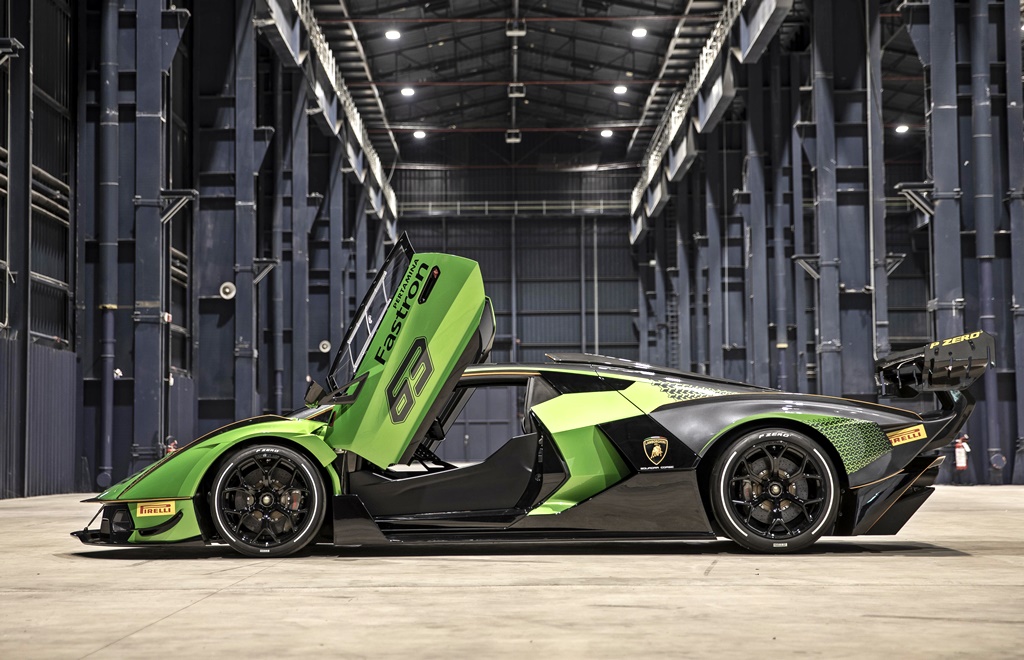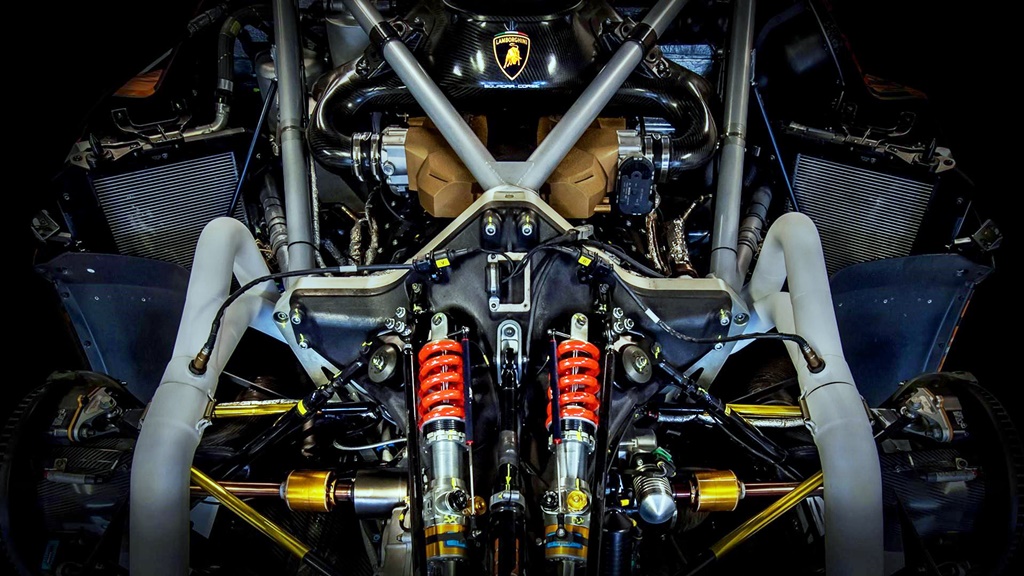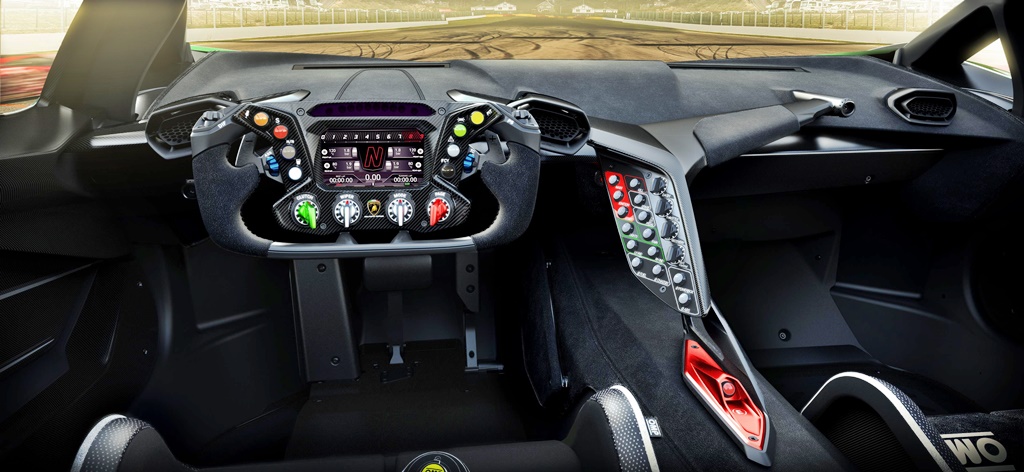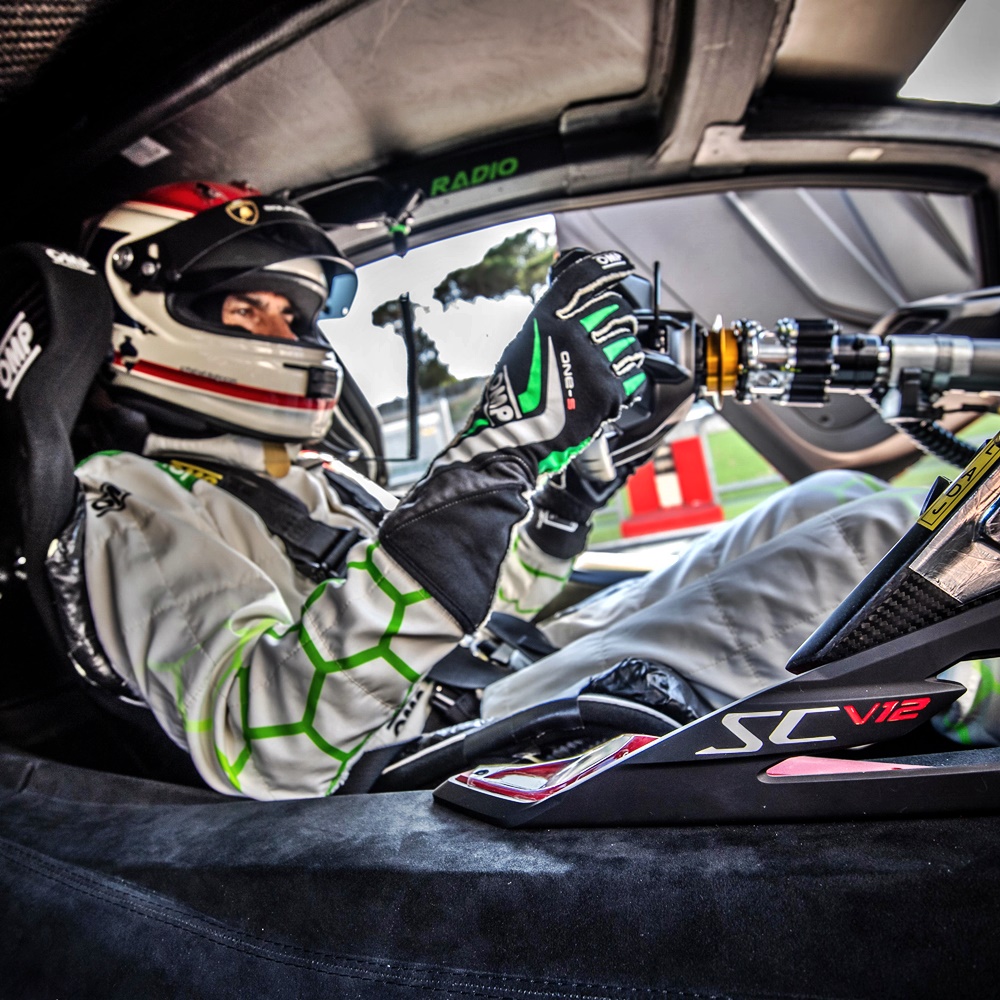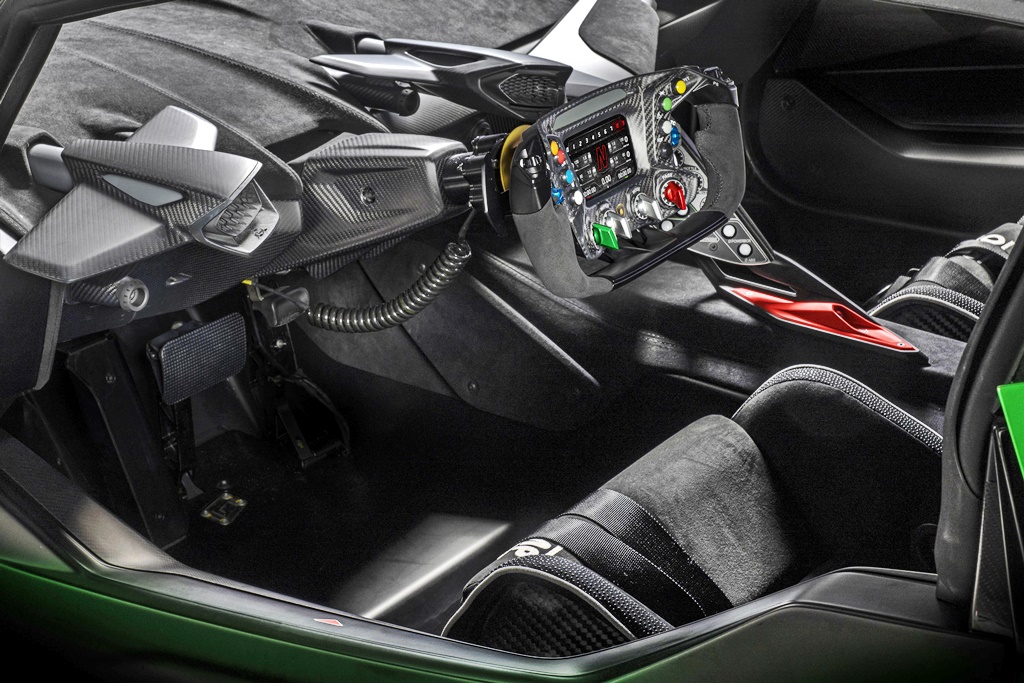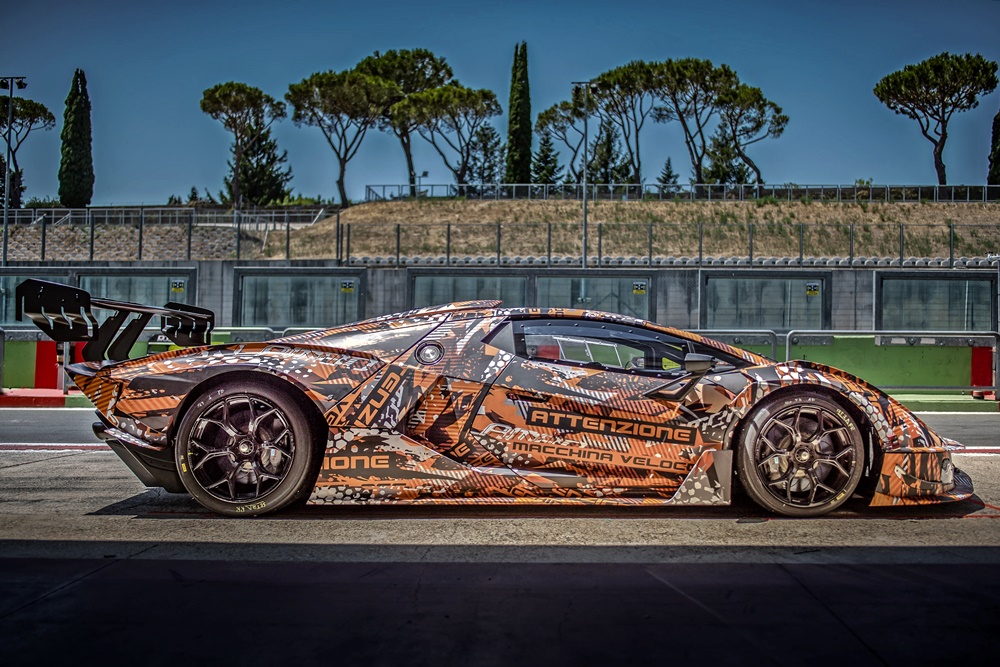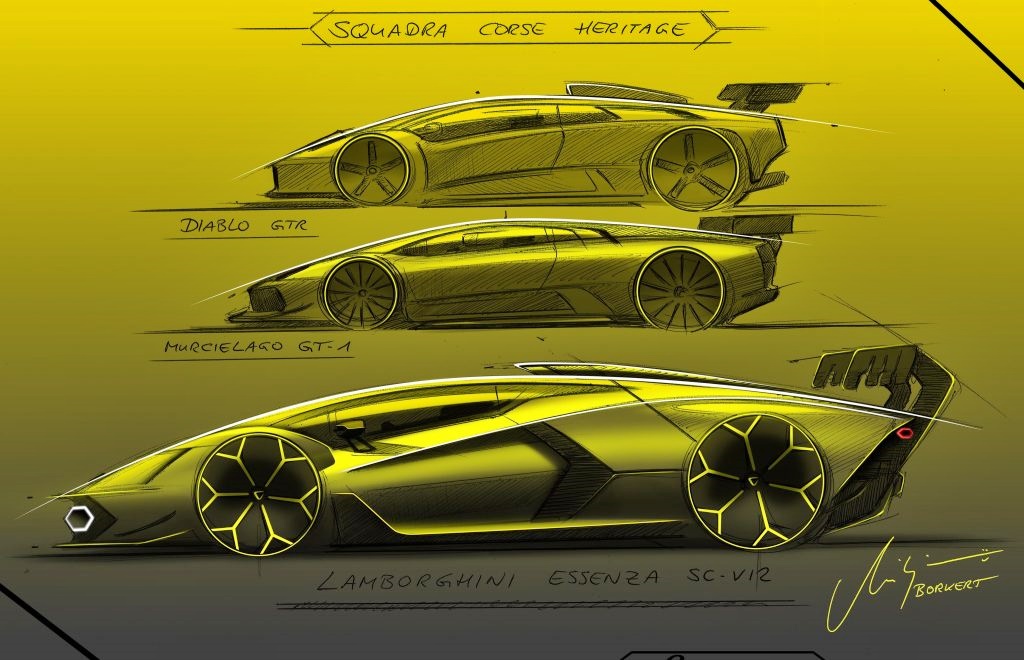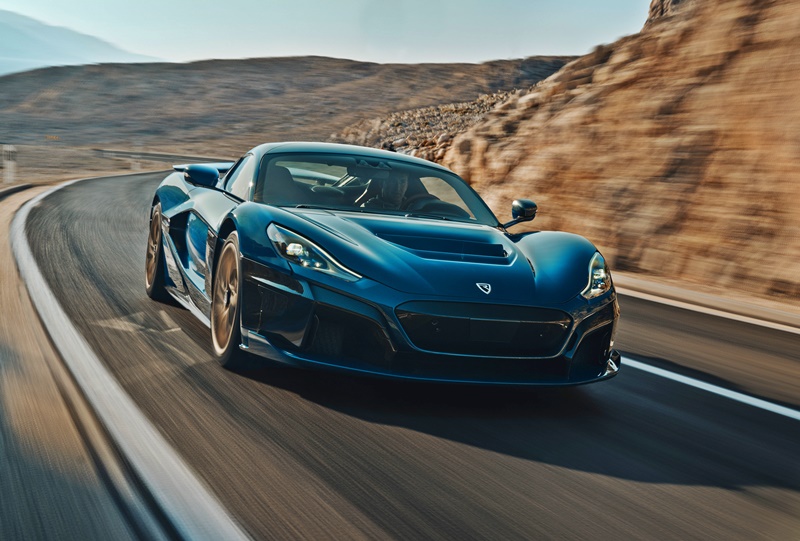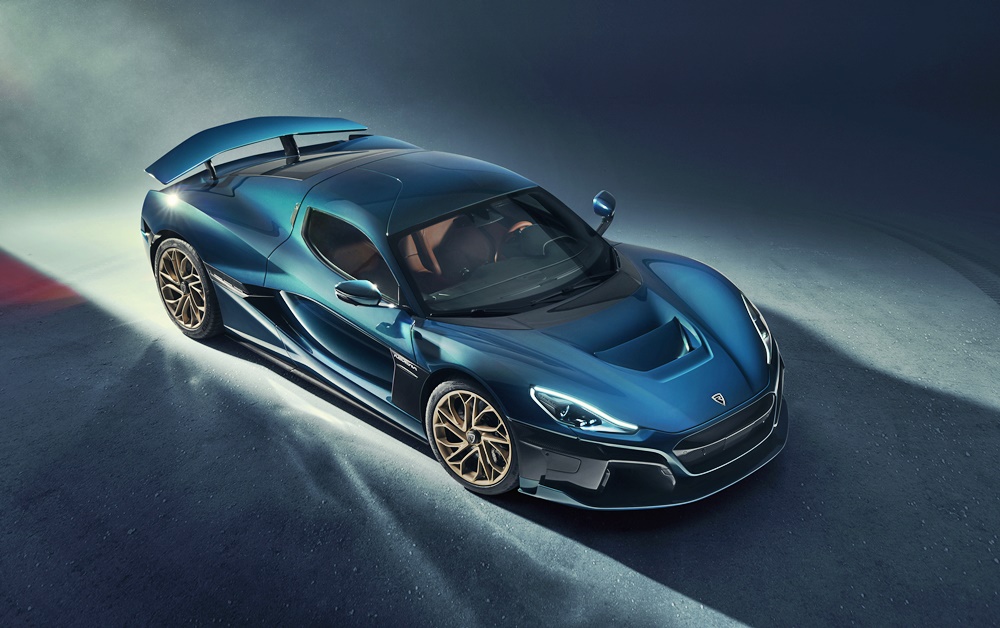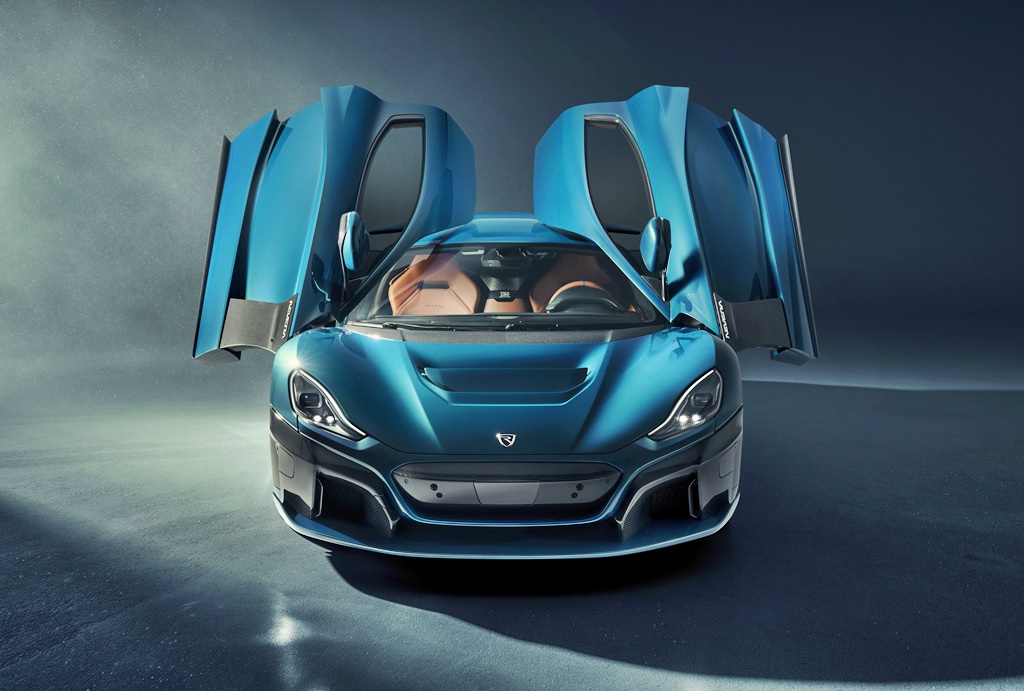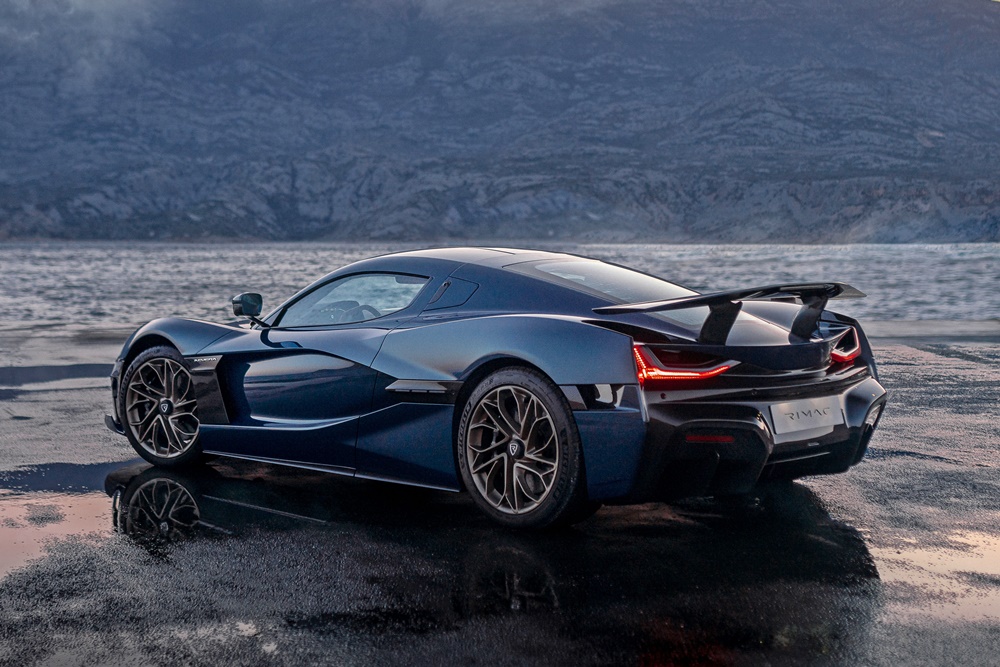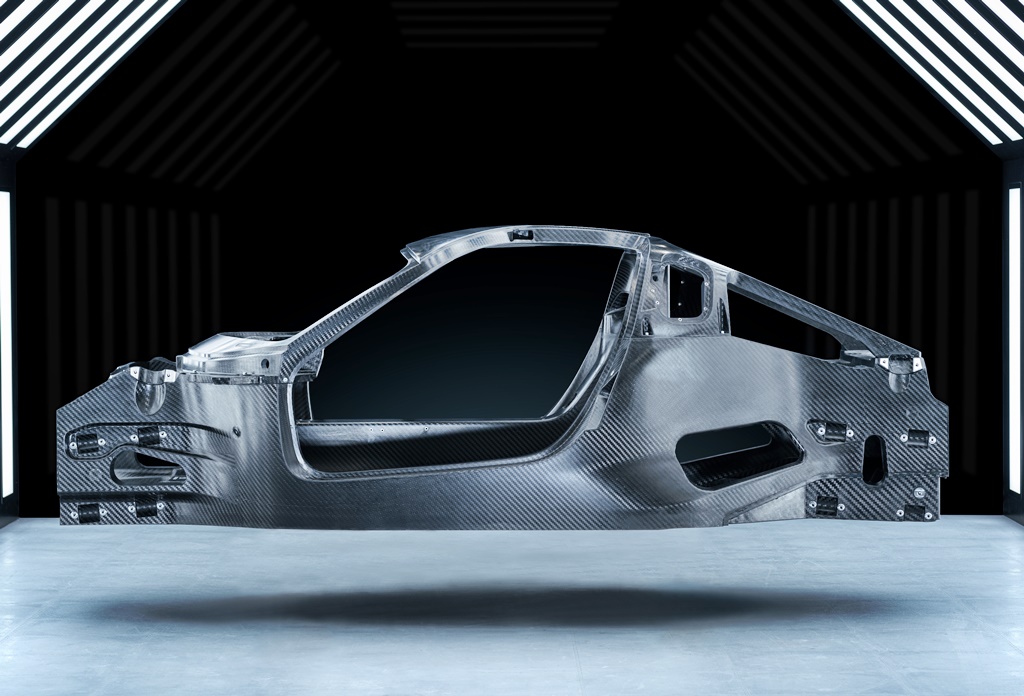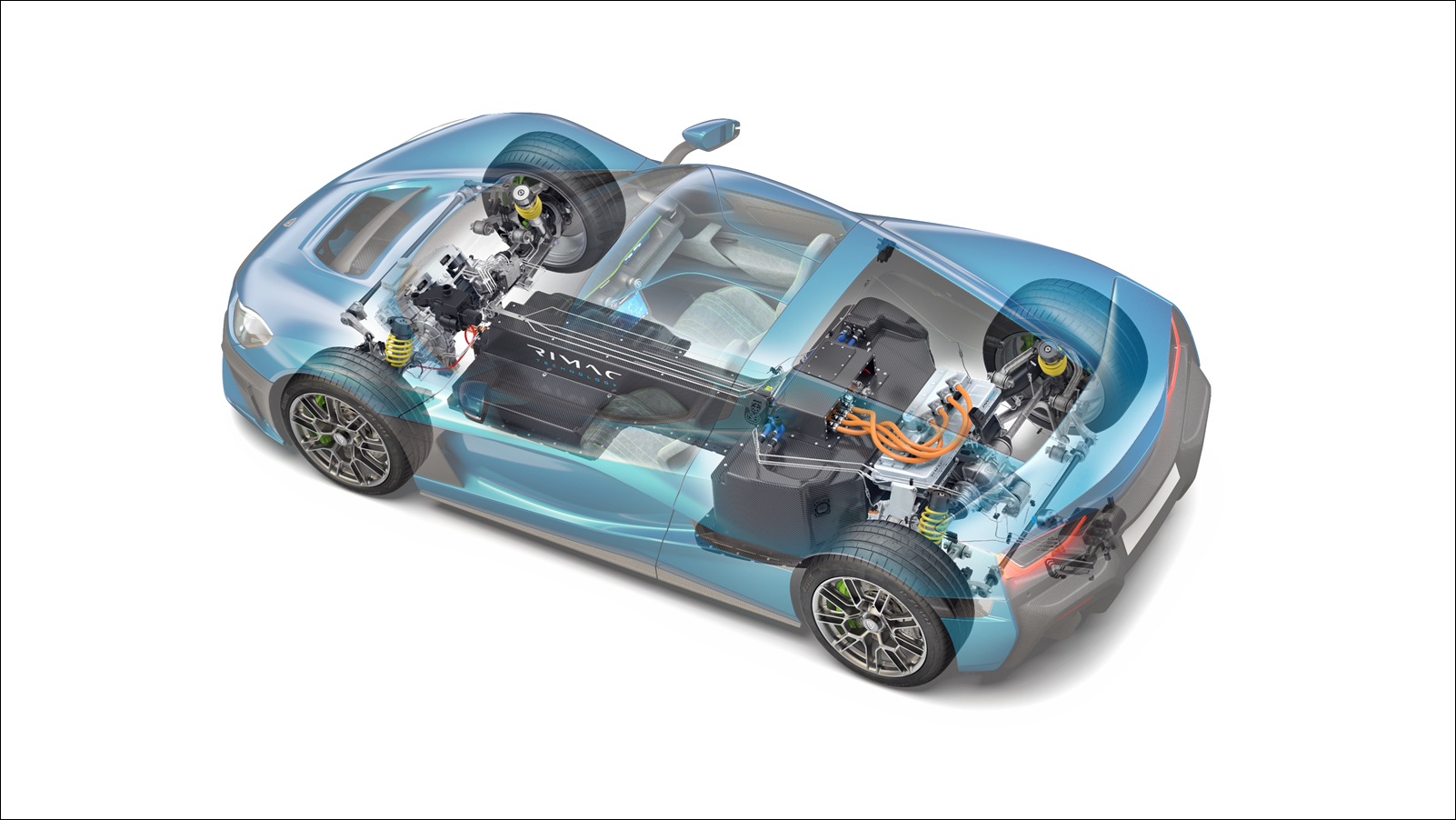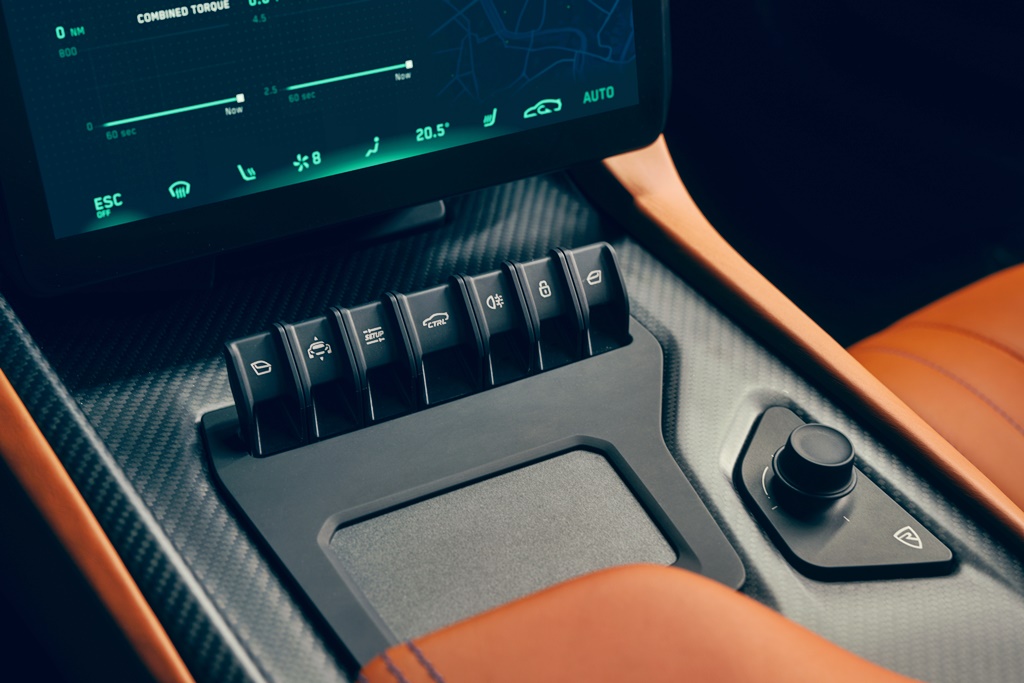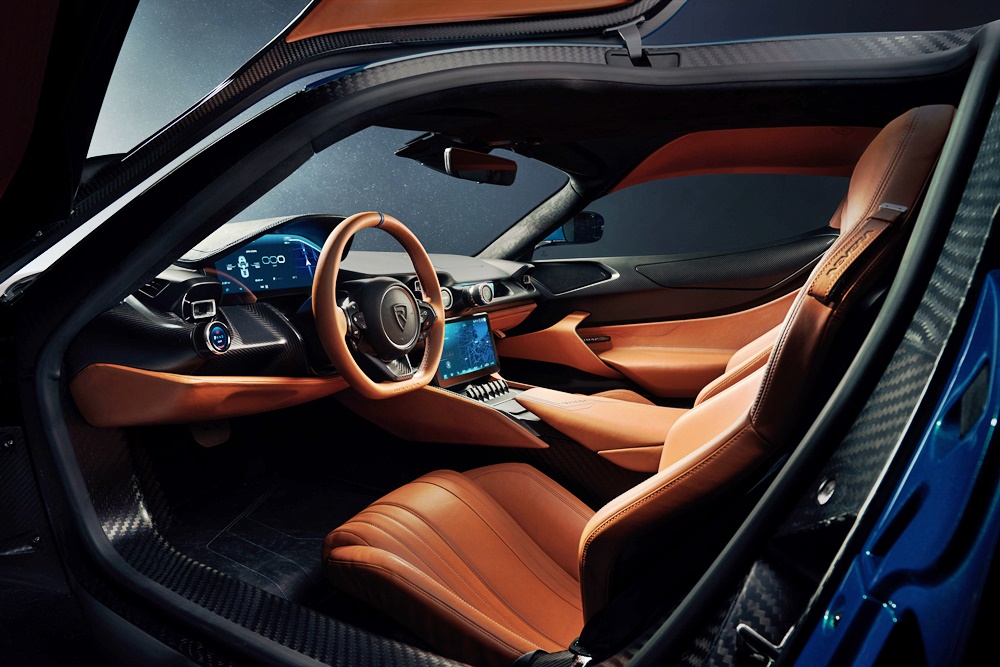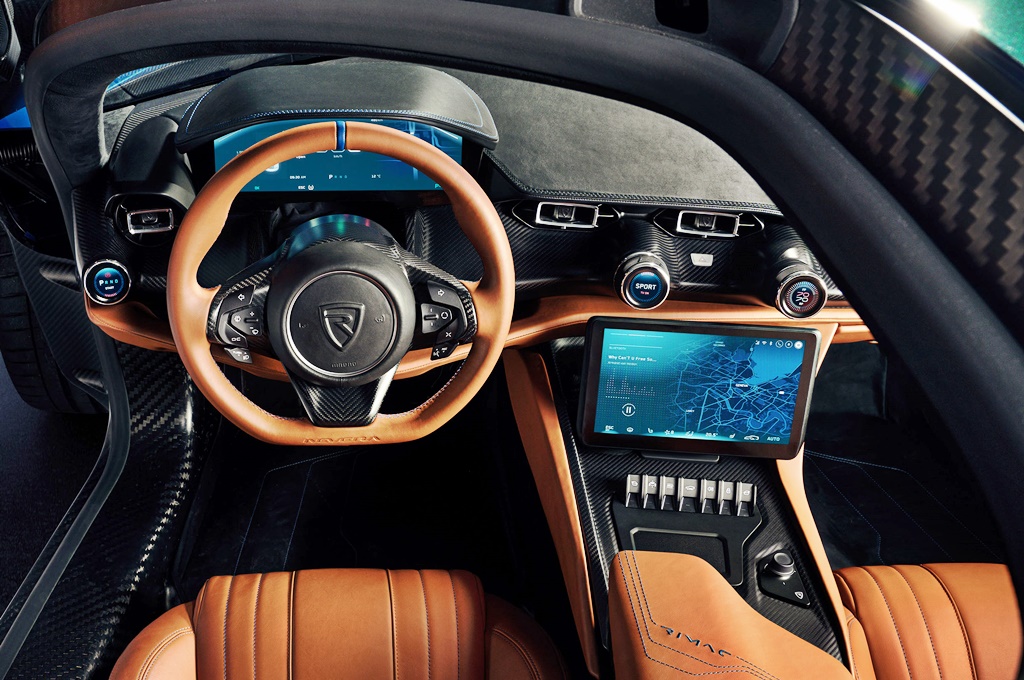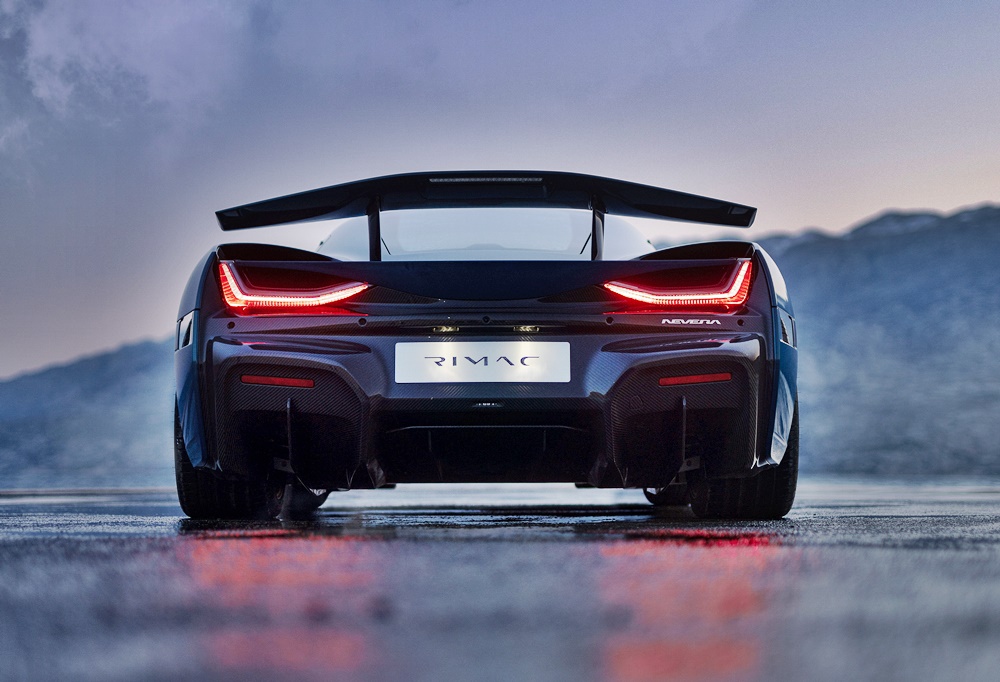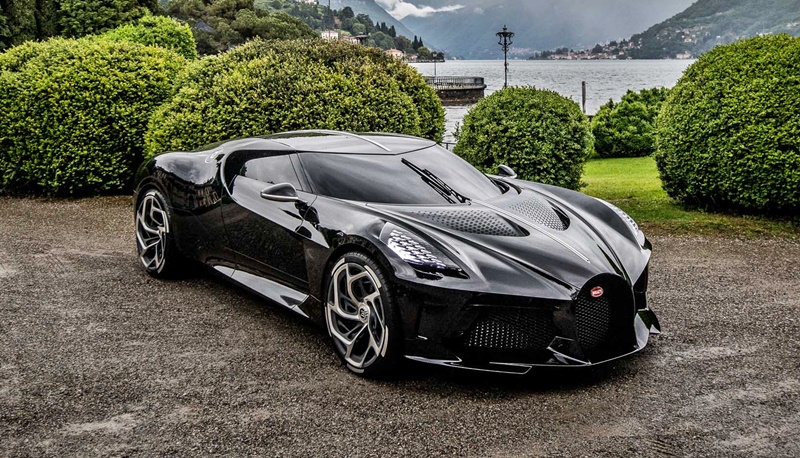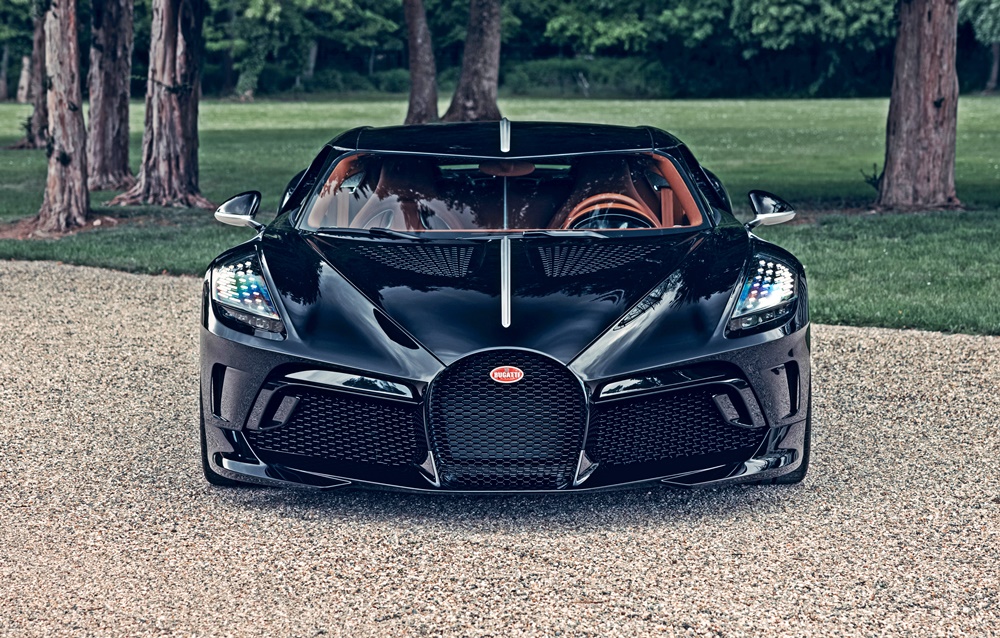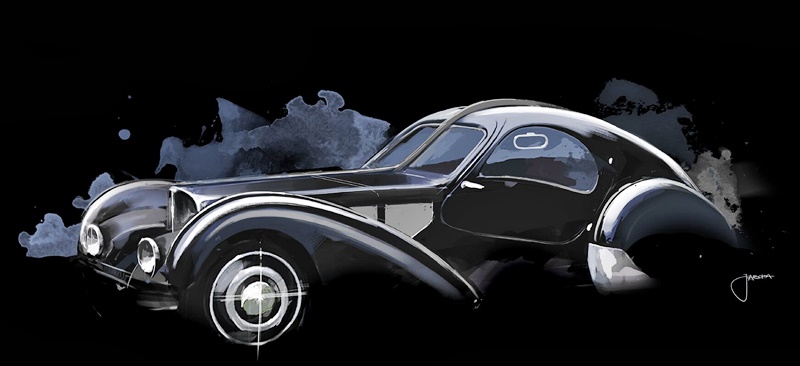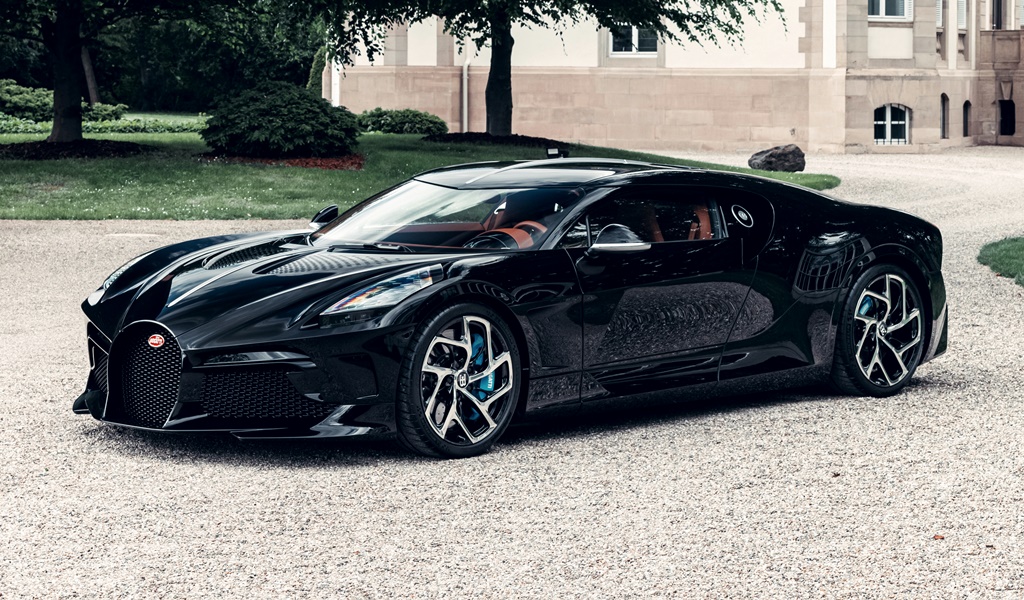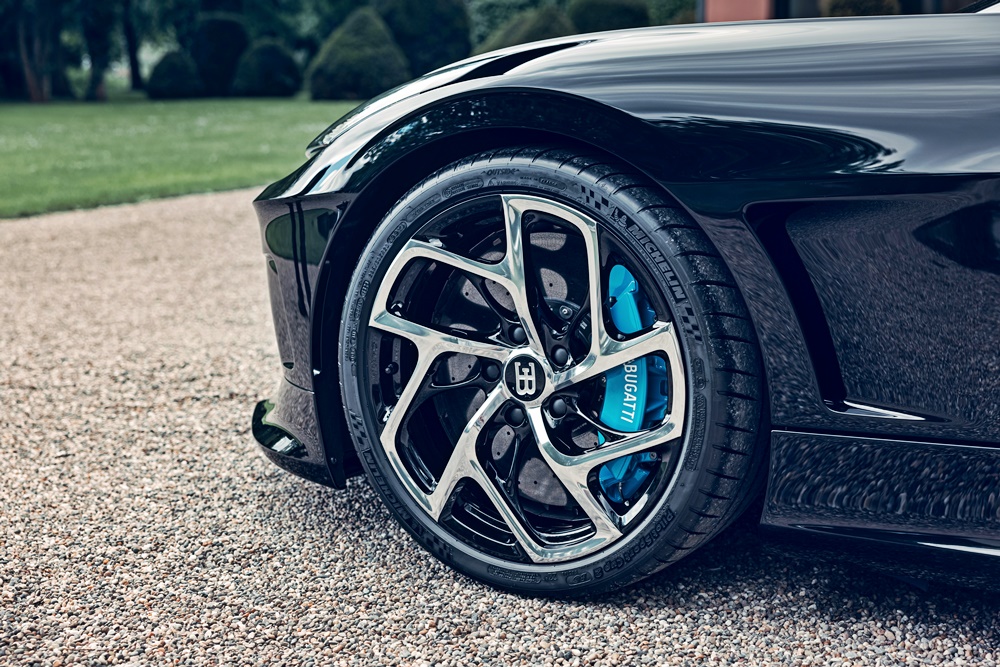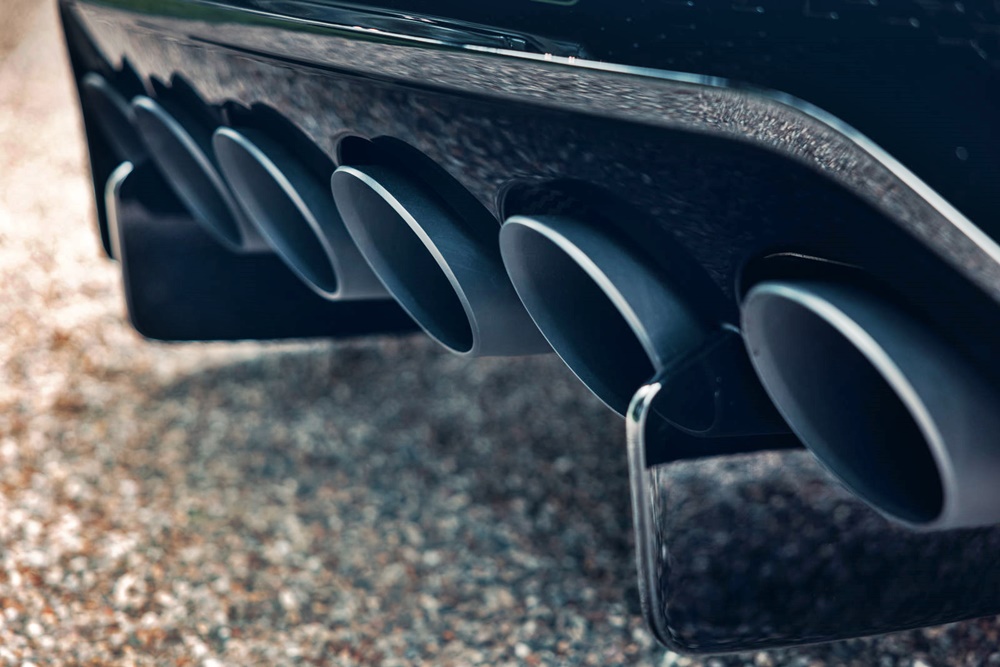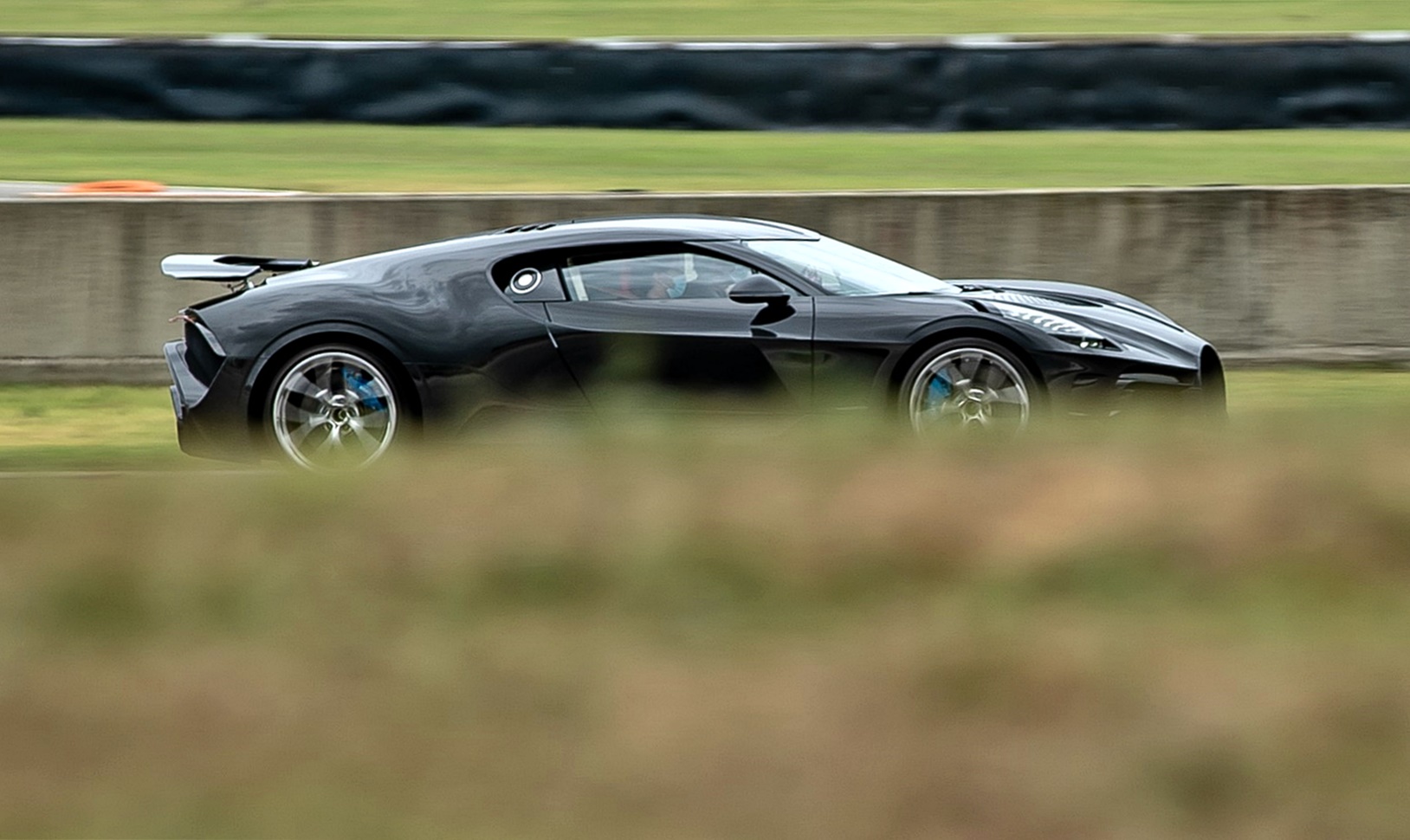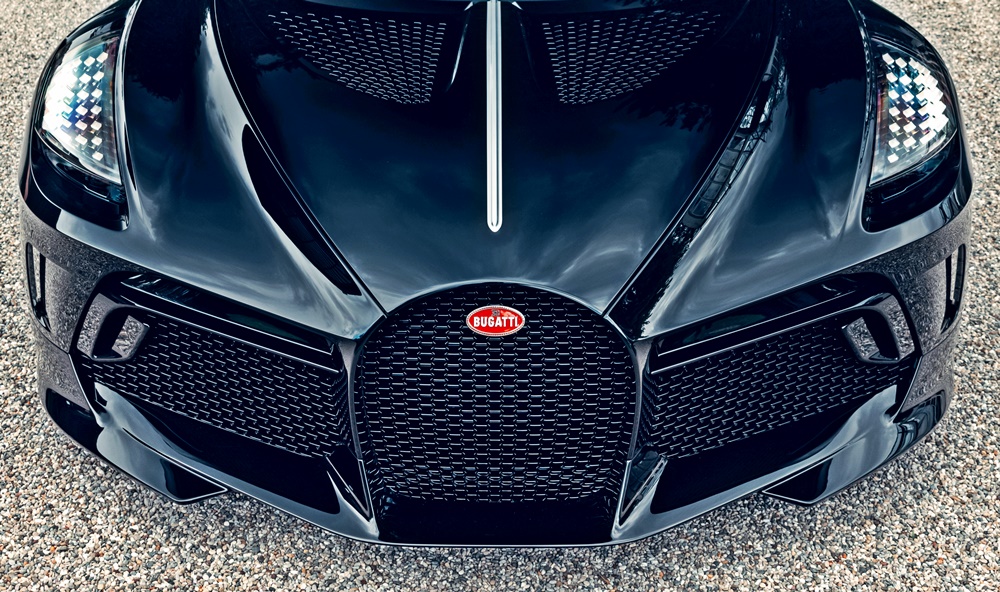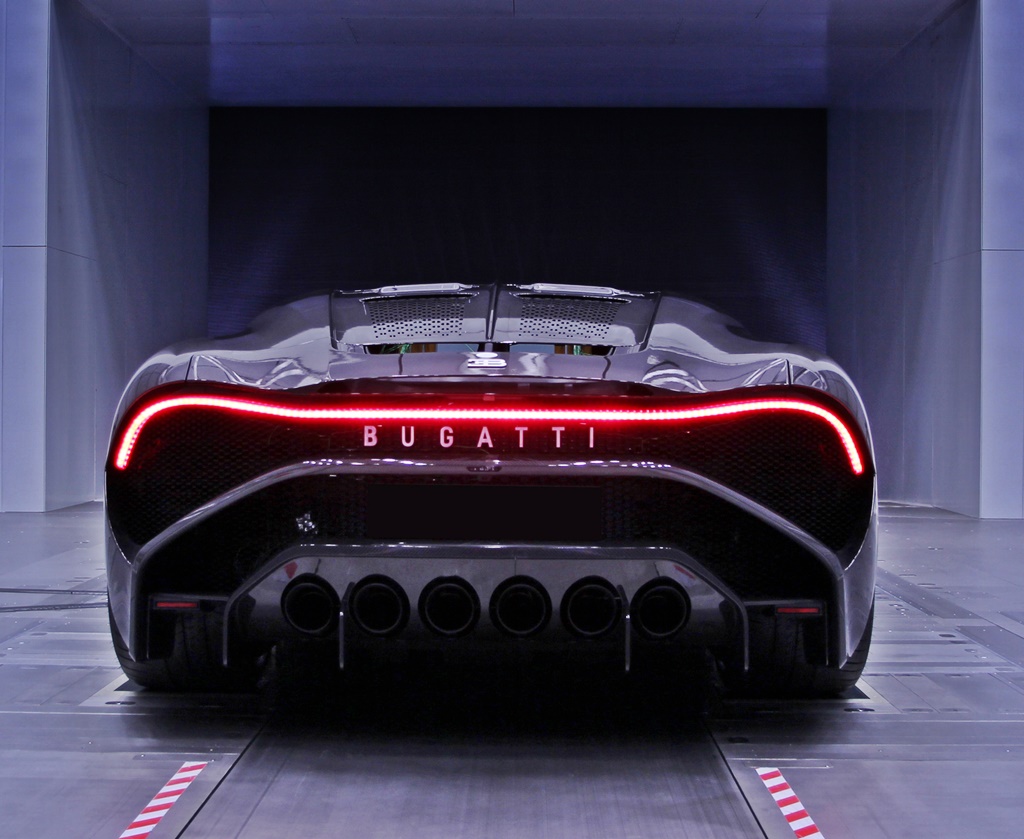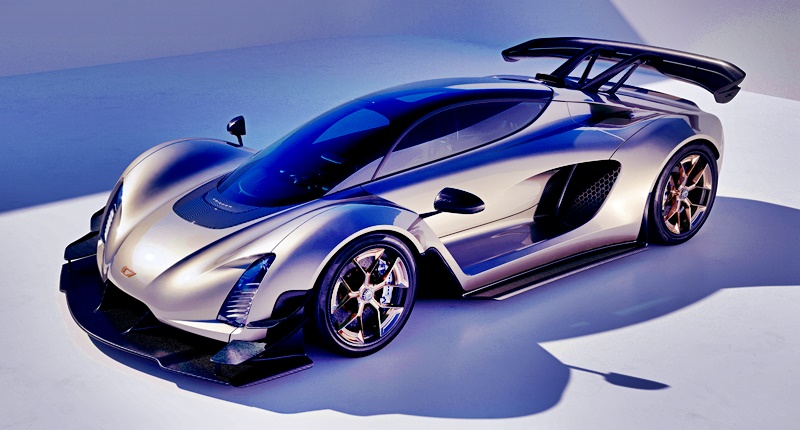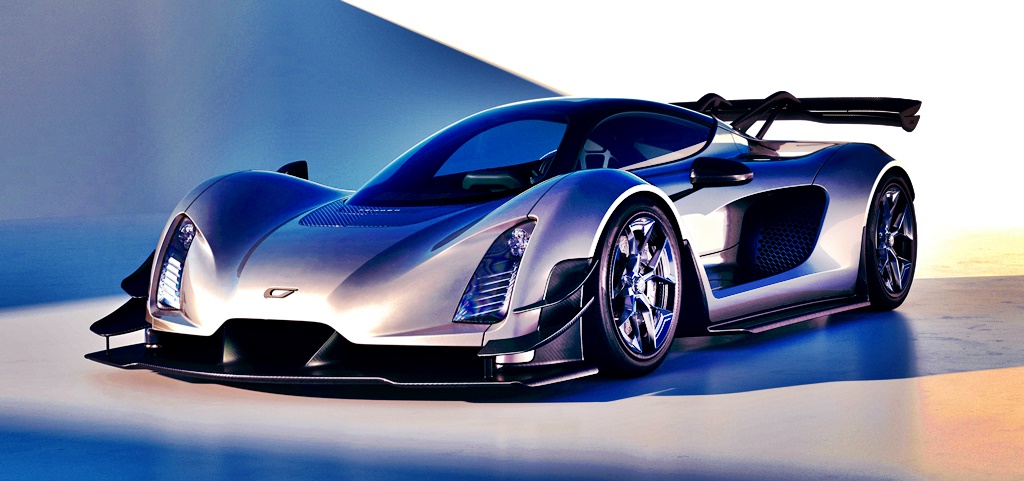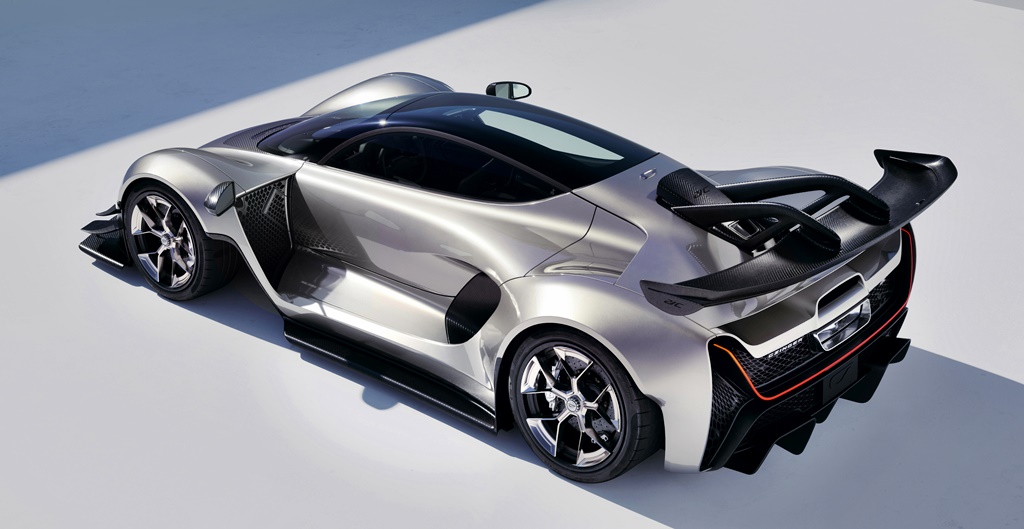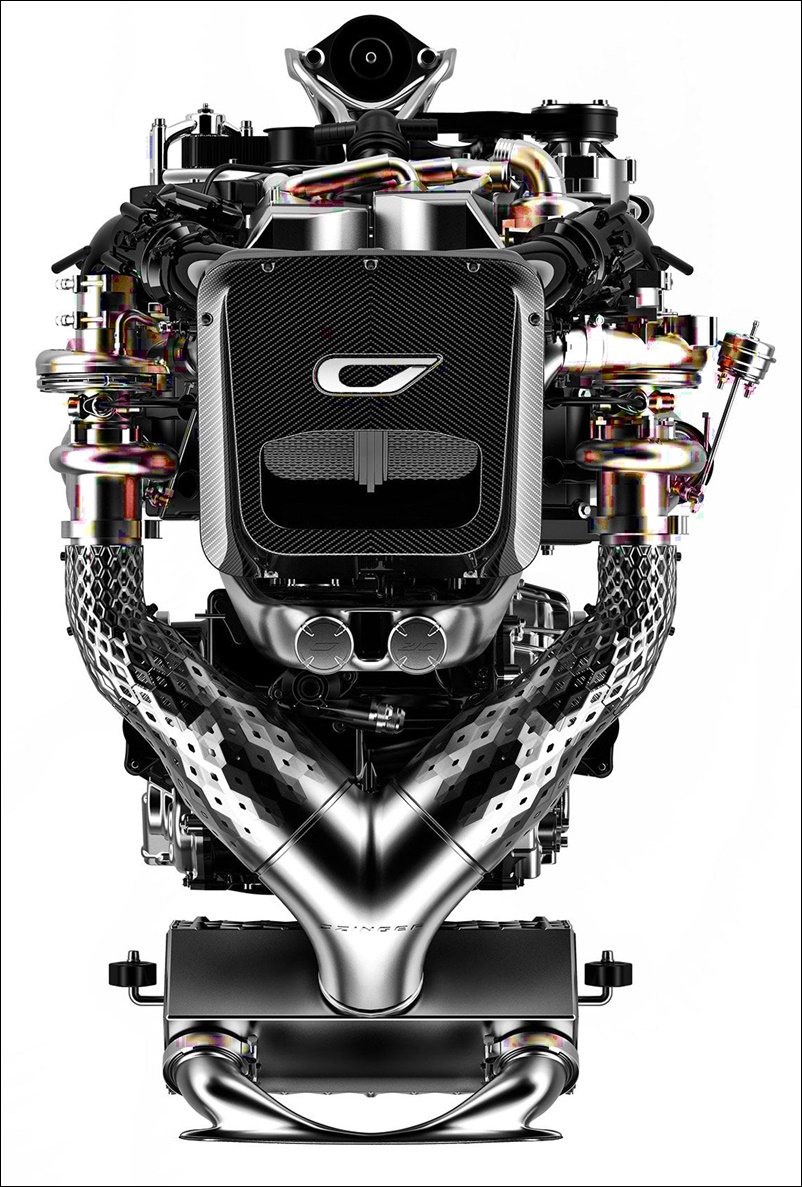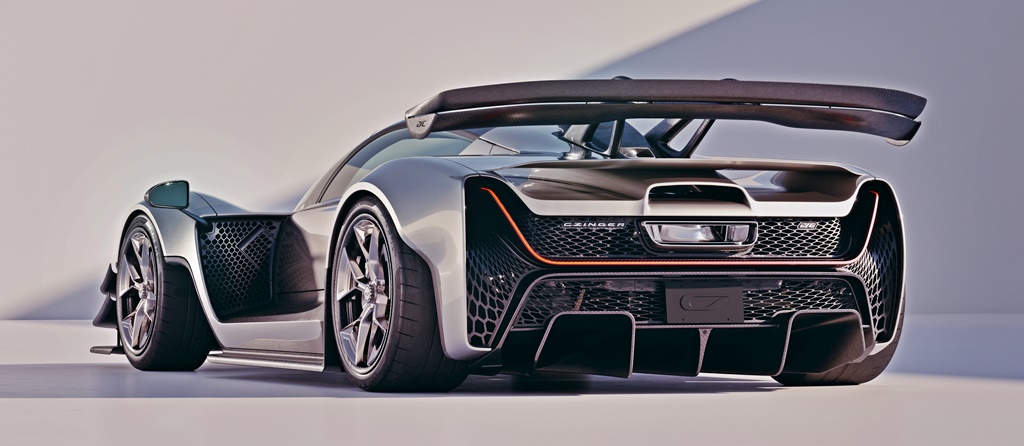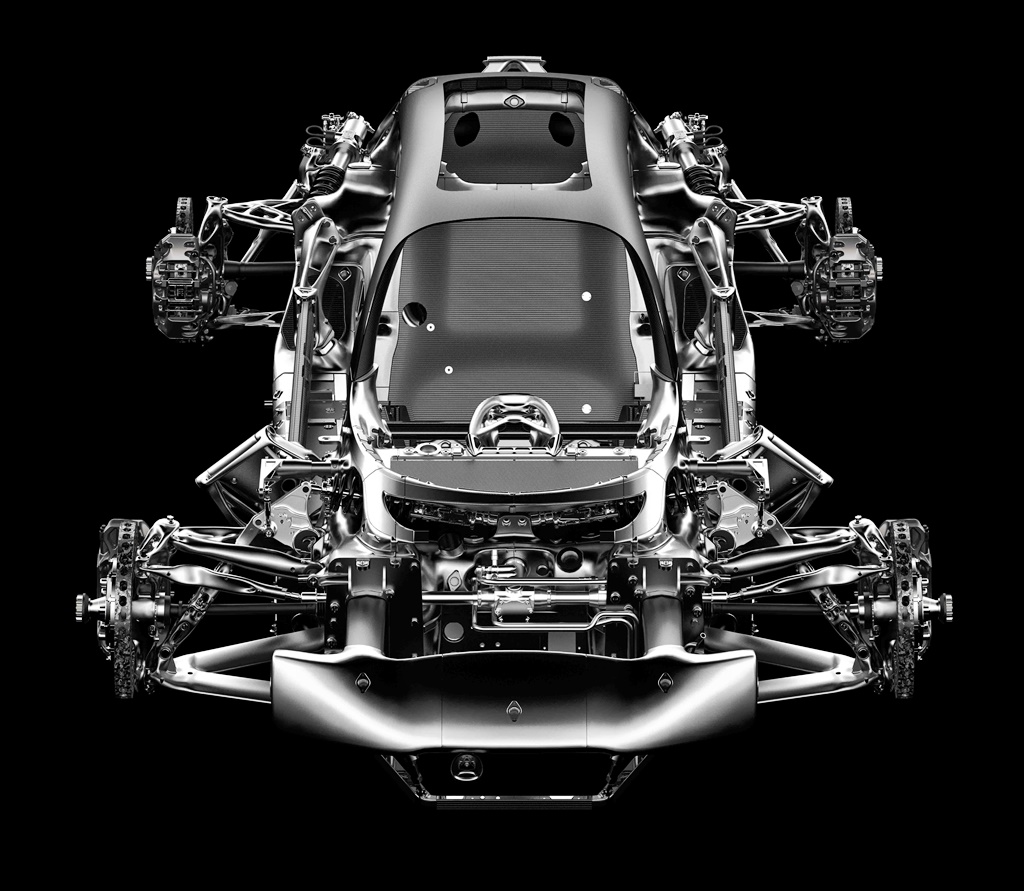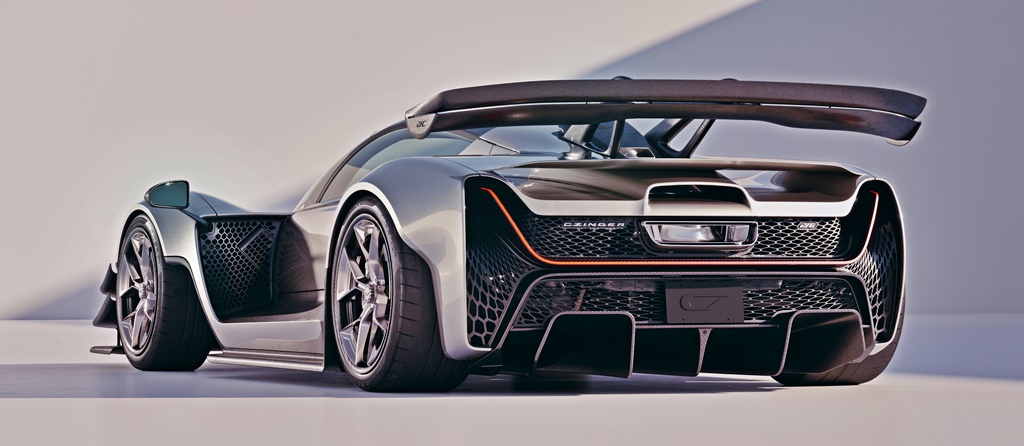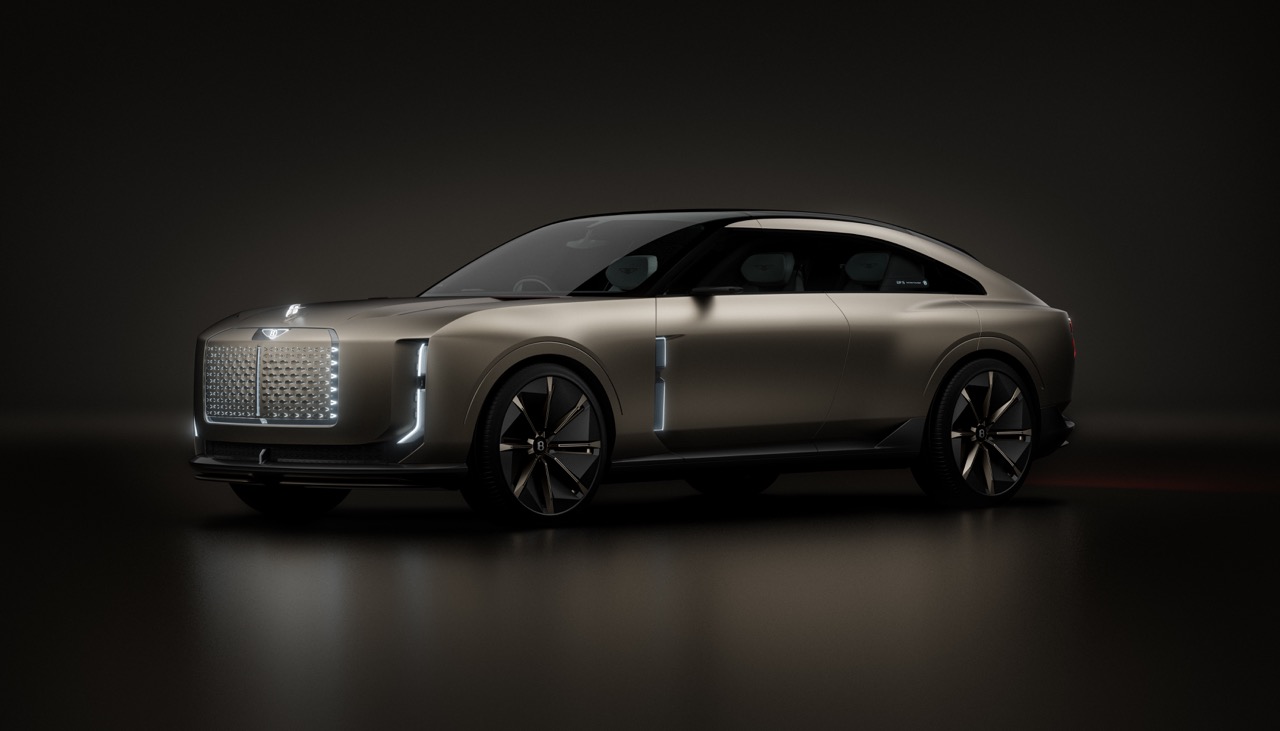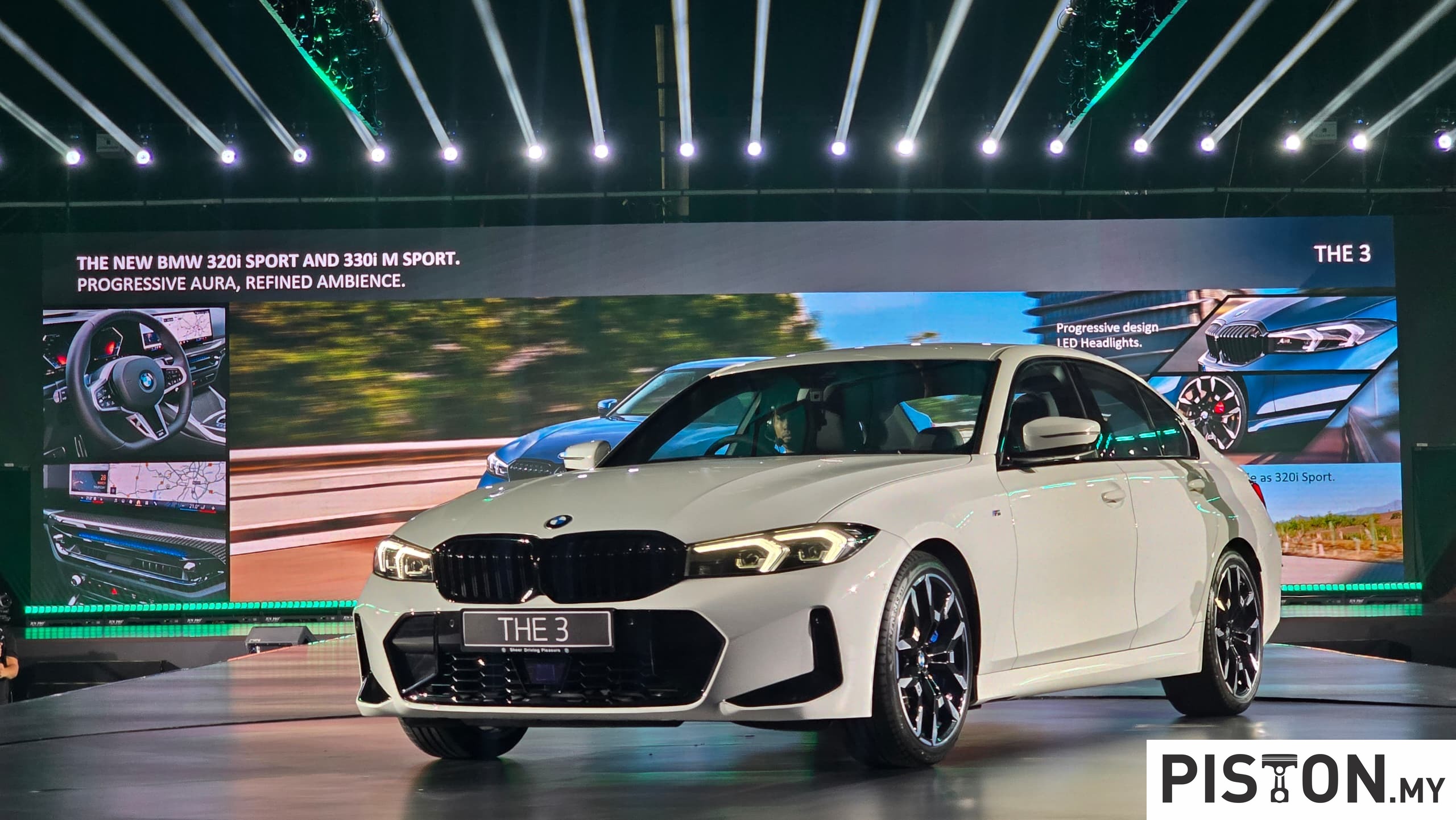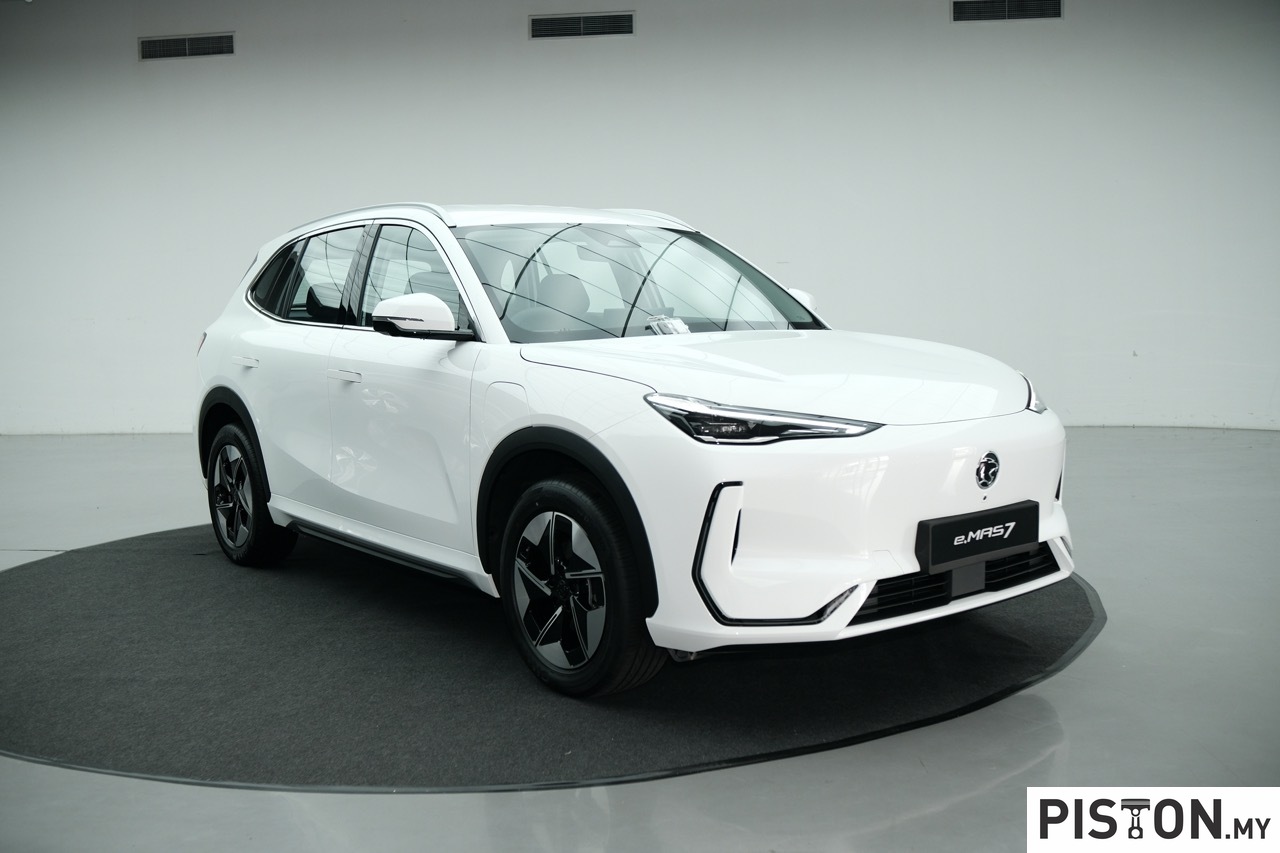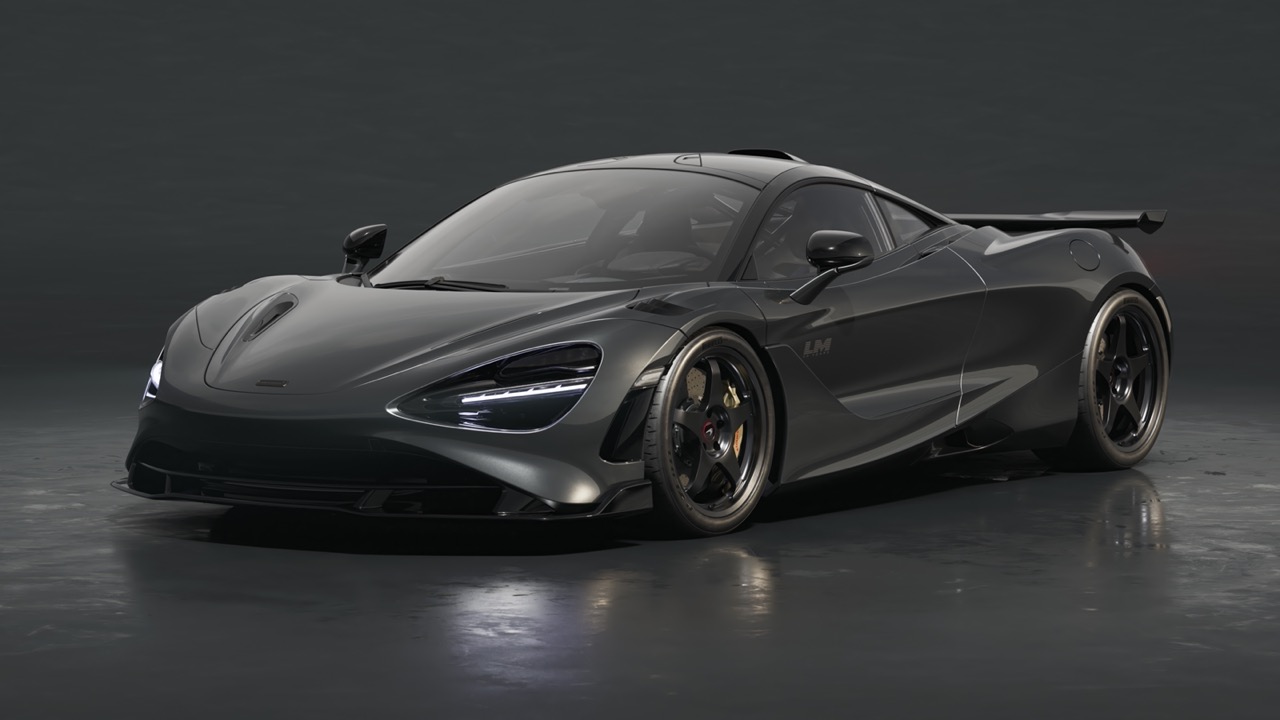McLaren Special Operations (MSO) has built a very exclusive model in the 106-car Speedtail range which pays homage to the first Speedtail attribute testing vehicle from 2018. Known as the ‘Albert’ Speedtail, its name refers to that the 1992 McLaren F1 test mules, which were named after the Albert Drive premises in England where the F1 was designed and built.
The original ‘Albert’ prototype vehicle was developed to validate the concept of the Speedtail’s central seat driving position, testing driver ergonomics and visibility and rearview camera positions. Built with the front panels from a 720S, the ‘Albert’ prototype was the first Speedtail to be driven on public roads.
“The name ‘Albert’ has a special resonance with MSO as we are the custodians of the McLaren F1 and are based at the Albert Drive premises that McLaren Cars occupied in the 1990s. The Speedtail experience has been an exciting journey for our customers, from visualising their imaginations to realising these inspirations and sharing their delight when unveiling the finished product. ‘Albert’ brings this project to a conclusion and we are thrilled to finish on a high note,” said Ansar Ali, MD of McLaren Special Operations.
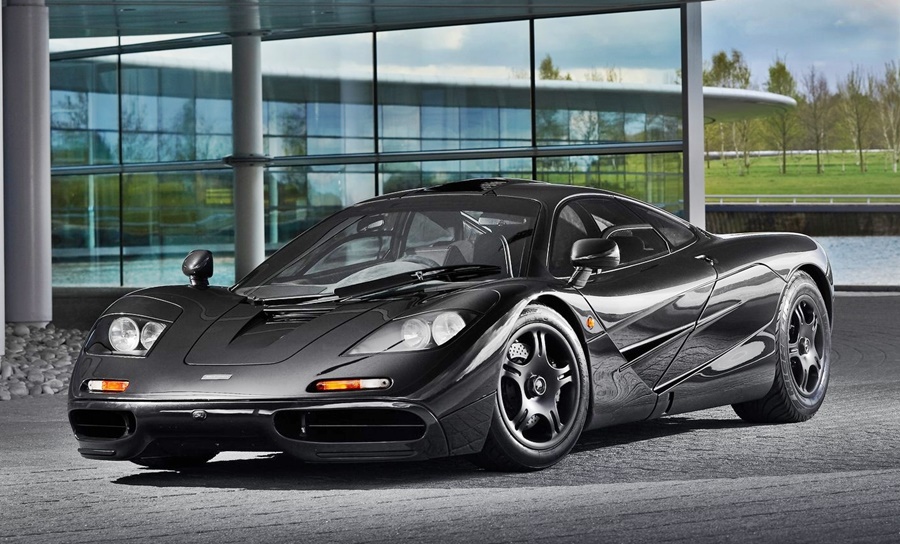
When the original ’Albert’ travelled outside McLaren’s premises in public, it was camouflaged. The exterior design ‘camouflage’ was achieved by a simple 2-metre vinyl body wrap with design lines printed to represent the optimised airflow over the car.
The ‘Albert’ Speedtail carries on this legacy, which is one of the most complex paint themes ever completed by MSO. The colours selected for the ‘Albert’ homage are Magnesium Silver – the colour used for the F1 roadcar first shown at the 1992 Monaco Grand Prix – and Ueno Grey, the colour of the F1 GTR that won the 24 Hours of Le Mans in 1995. The full design treatment is closely based on the 2018 vinyl ‘camouflage’ wrap.
The new ‘Albert’ was built in the McLaren Production Centre (MPC) with a 1K gloss visual carbonfibre body. Due to the incredibly complex and detailed nature of the paintwork design, the MSO team completed test panels first to understand process feasibility and worked alongside the visualiser team to refine renders.
In total, ‘Albert’ would require a 12-week post-build modification at MSO’s facility to reach completion. This included 2 week’s masking, 6 weeks of painting and the remaining time to dry and reassemble the vehicle after spraying.
Referring to large-scale print-outs of the renders, the livery masking was completed by two specialist paint technicians. This had to be completed on the built car, with wheels fitted, to ensure accurate cross-panel alignment of the design as it flows around the vehicle. The masking of the livery required almost 2 kms of fine line-out tape to complete the initial design layout.
The 6-week painting process required the car to be disassembled to ensure complete accuracy and flawless finish. The paint blend effect was located on the door applique’s outer body panels with the front painted in Ueno Grey and rear in Magnesium Silver. After the first paint application, all body panels were treated and refitted to ensure perfect alignment and only after this the final clearcoat was applied.
Based on the form of a teardrop, the most aerodynamically efficient shape found in nature, the Speedtail is the ideal streamlined hypercar, a 3-seat hyper GT that became the third car in McLaren’s Ultimate Series line-up. With its 1,070 bhp hybrid powertrain, the Speedtail is claimed to be able to cover 112 metres each second when travelling at its top speed of 402 km/h, making it the fastest McLaren roadcar to date.
The 2021 ‘Albert’ Speedtail will be unveiled to the public this weekend in Los Angeles. ‘’As one of the very last Speedtails to be built at the McLaren Production Centre, it was very important to us at McLaren Beverly Hills that ‘Albert’ honours the brand’s rich heritage, particularly paying tribute to the icon that is the McLaren F1,” said Parris Mullins of McLaren Beverly Hills.
“We worked alongside MSO through every stage, including concept ideation, to produce a truly bespoke and beautifully detailed car that celebrates the innovation and design excellence behind the fastest McLaren roadcar to date. We are fortunate to have been able to procure ‘Albert’ for one of our top clients and are absolutely thrilled with the finished result,’’ he added.
McLaren celebrates 1995 victory at Le Mans with 5 exclusive Senna F1 GTRs









